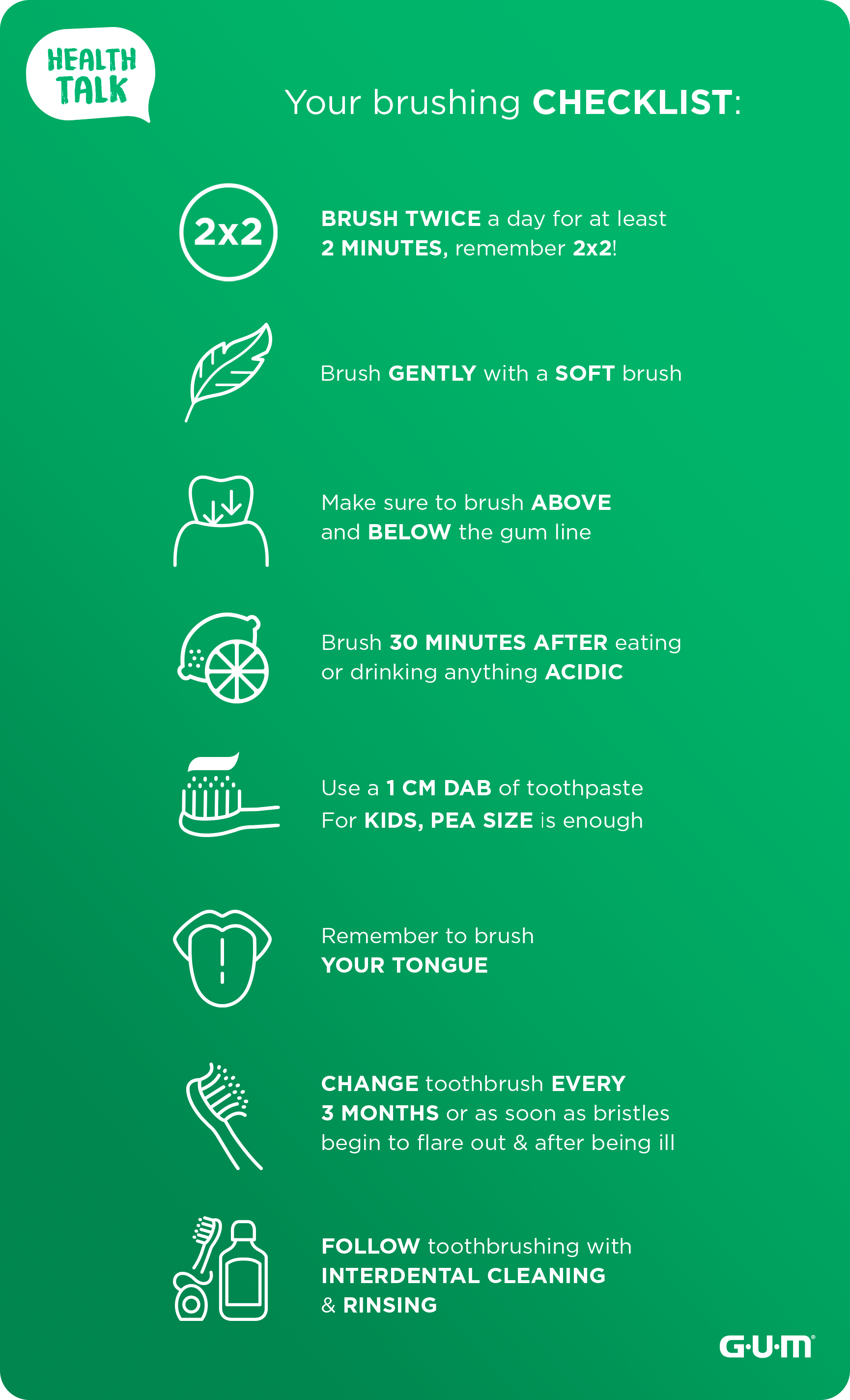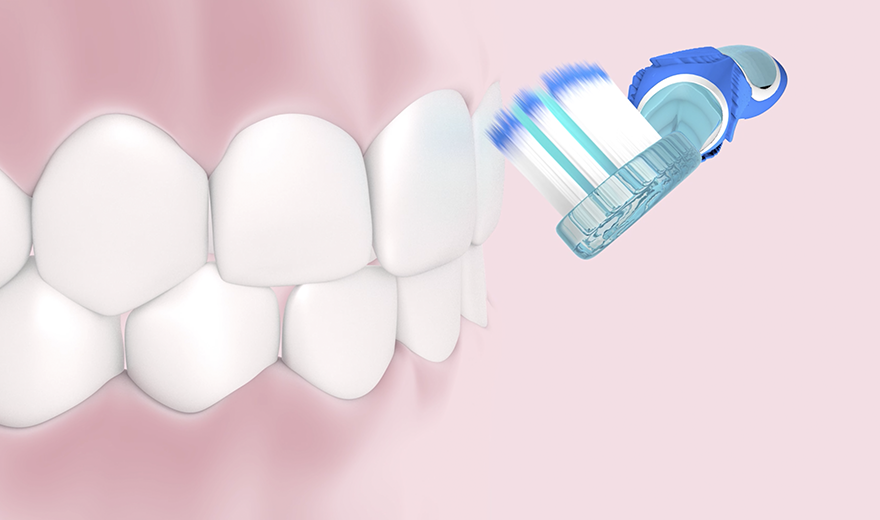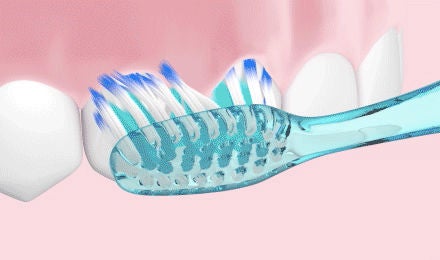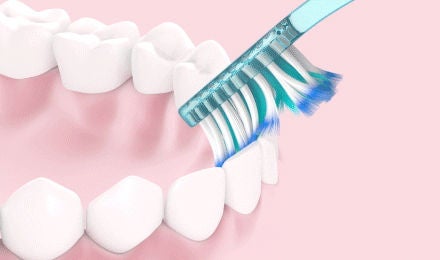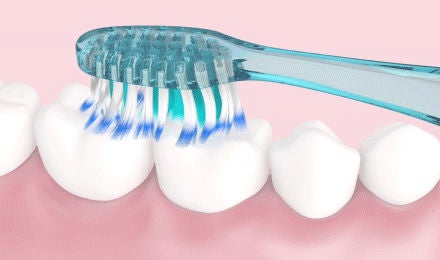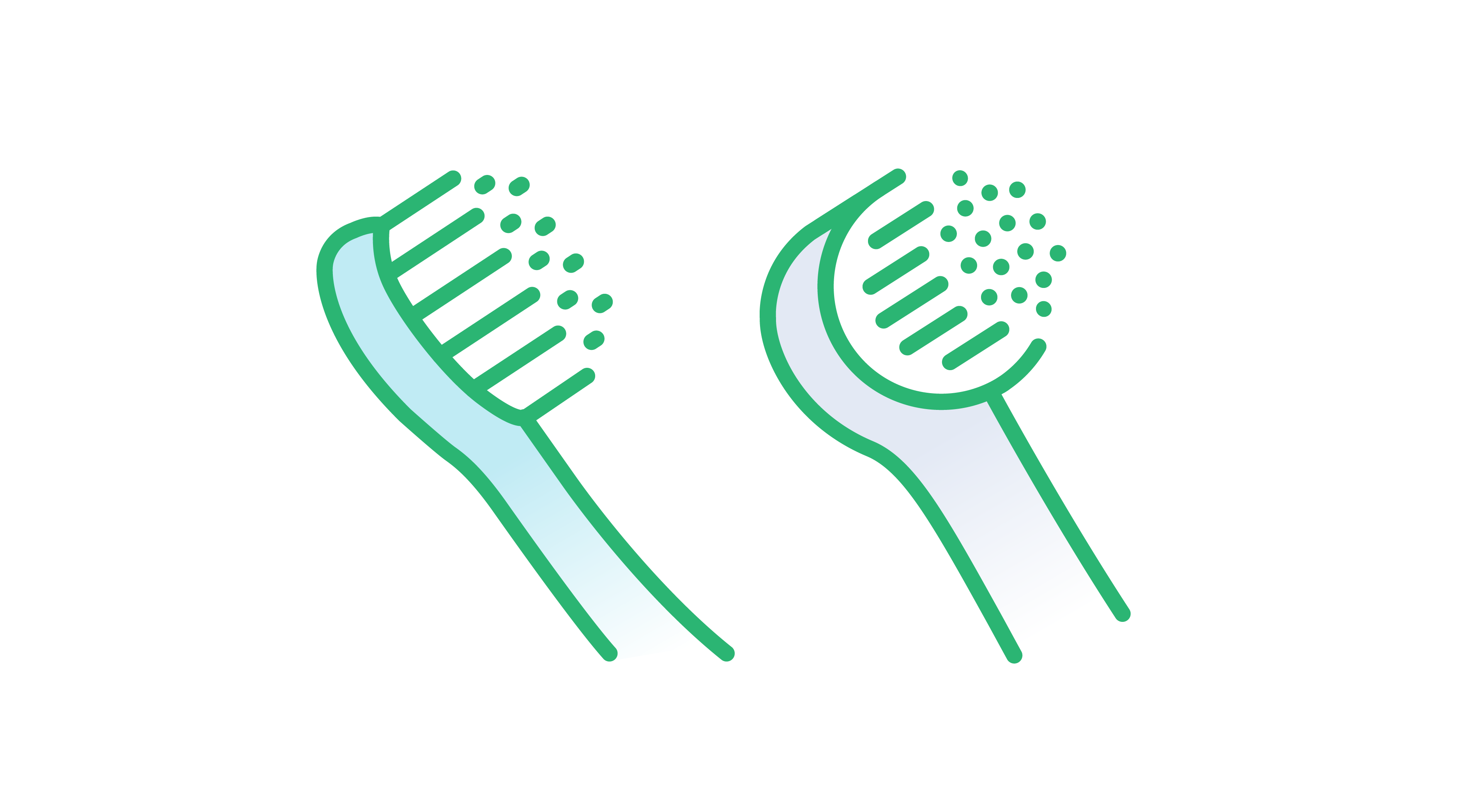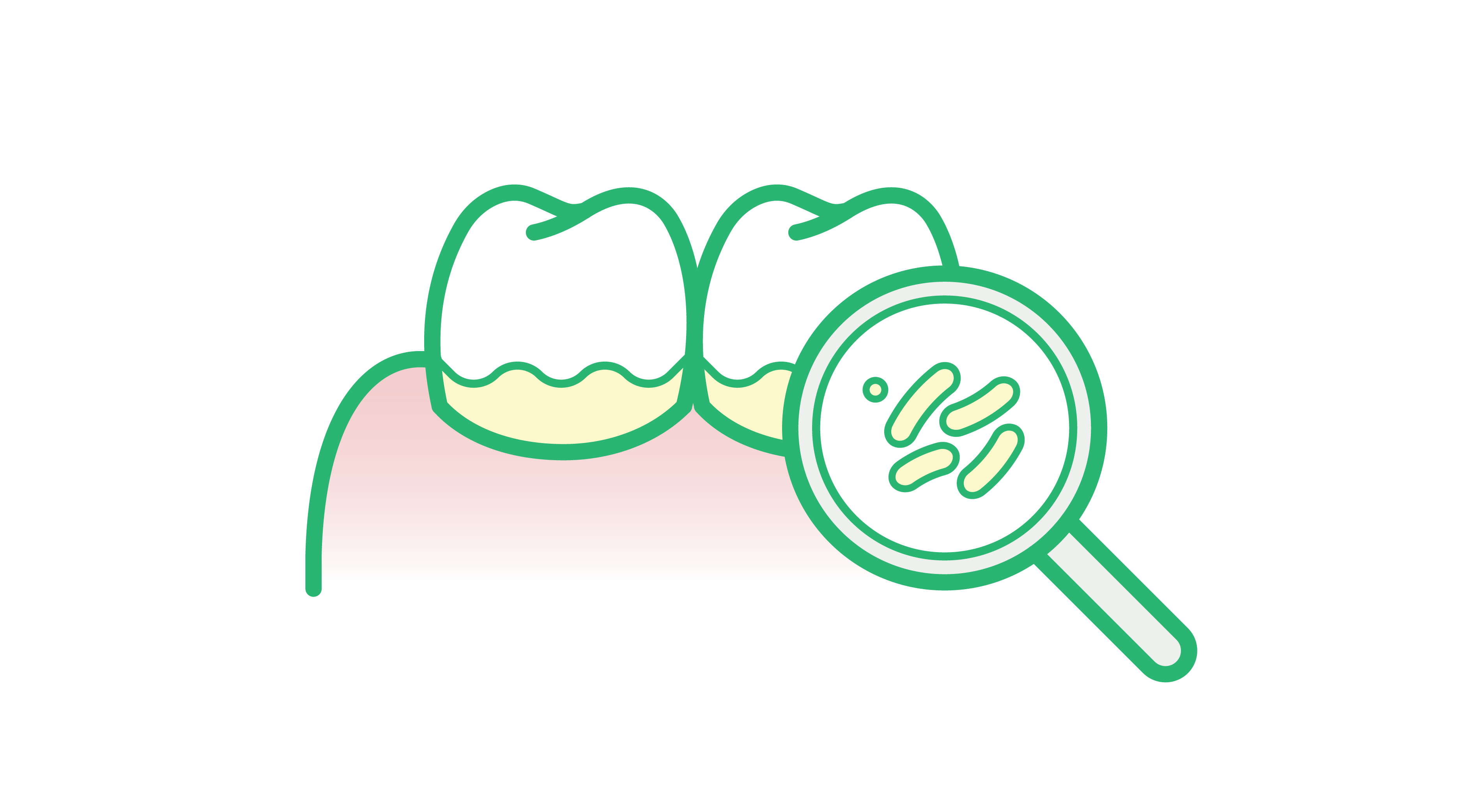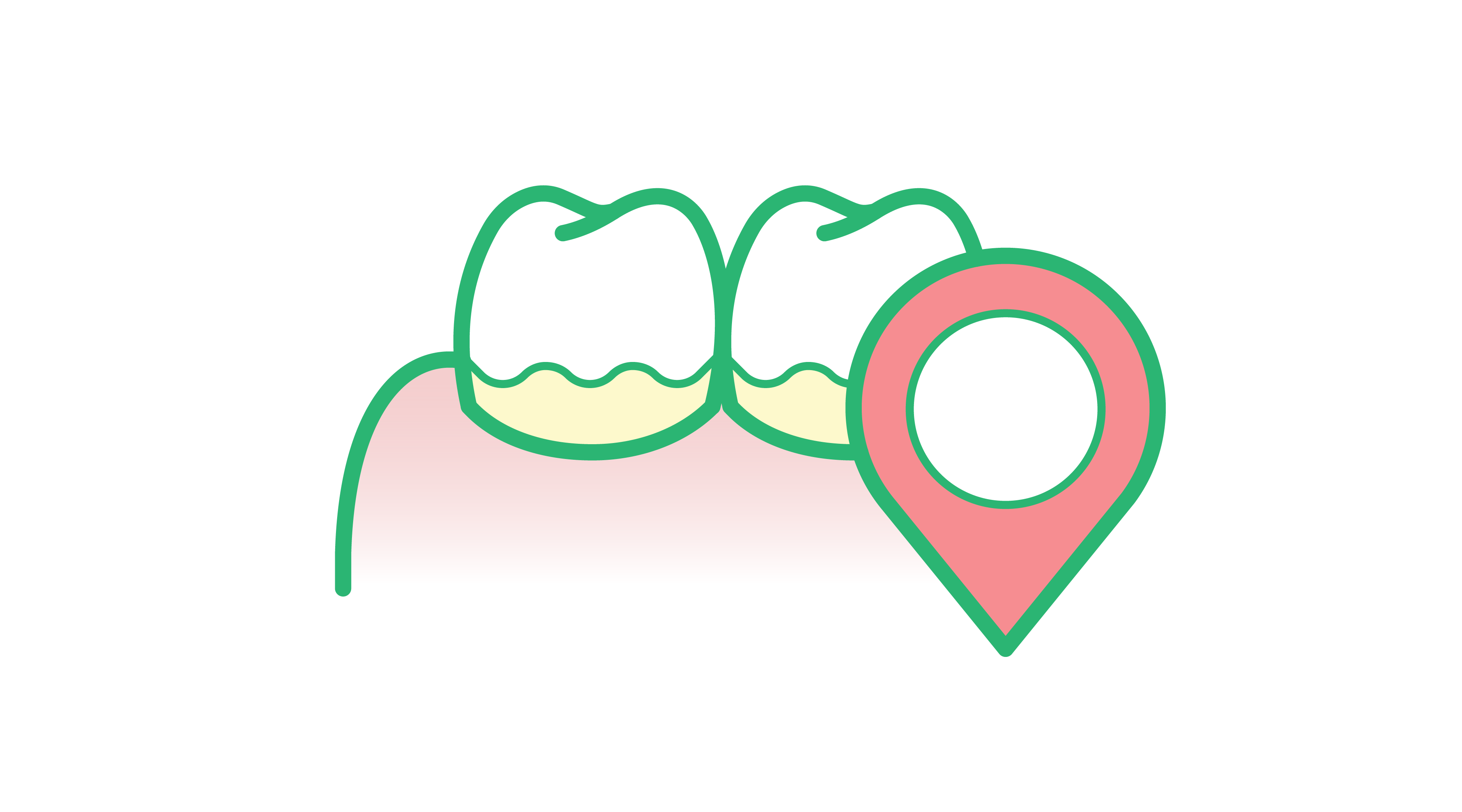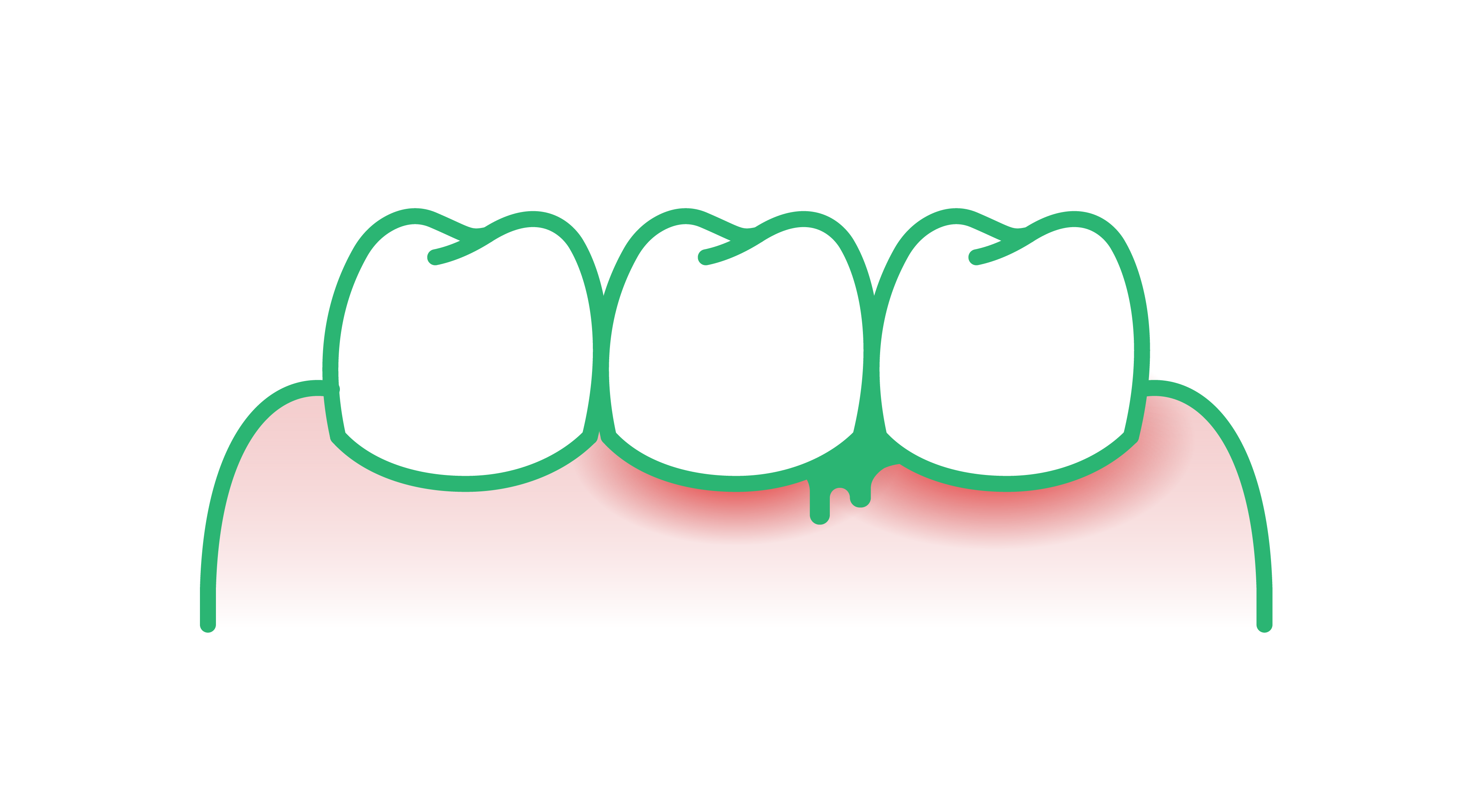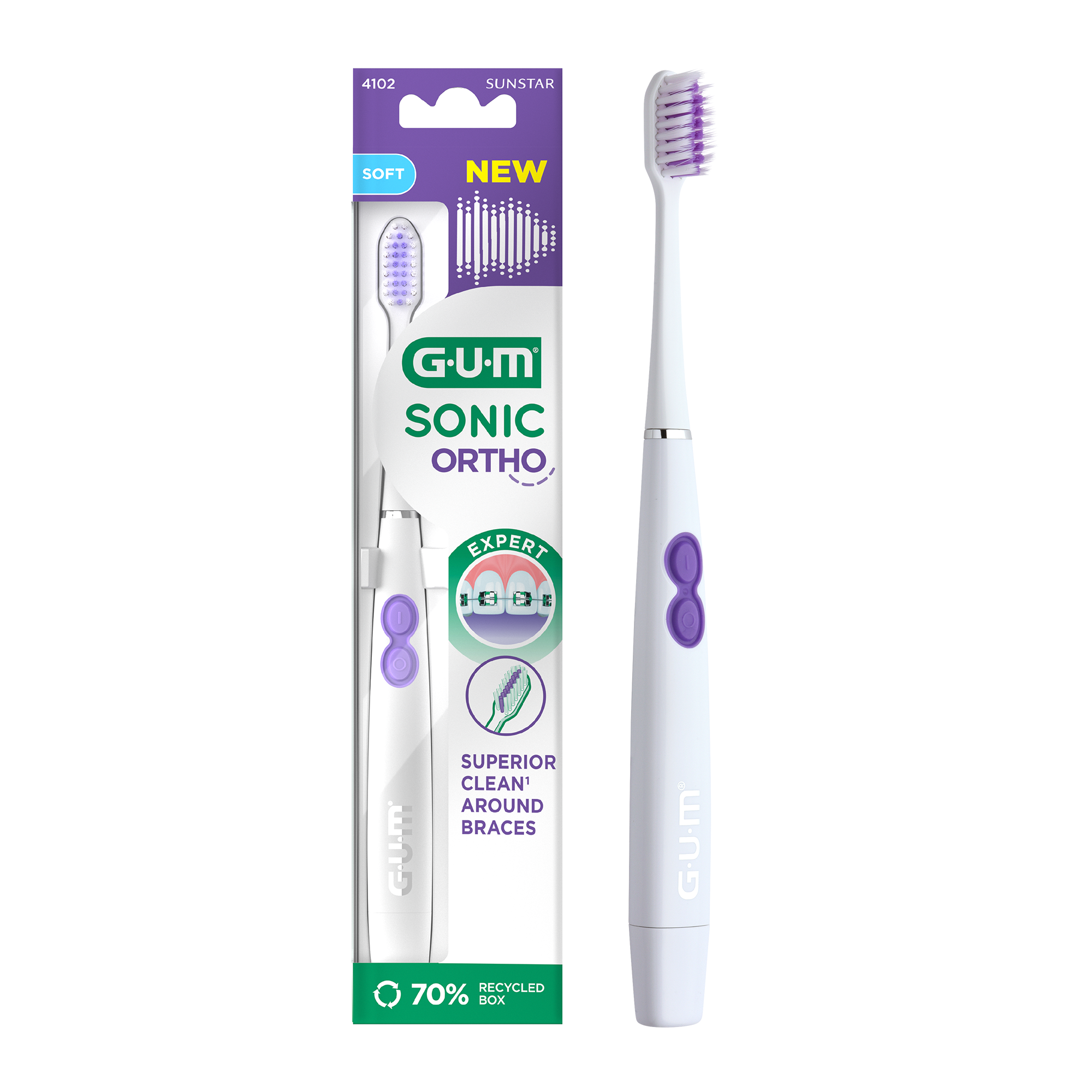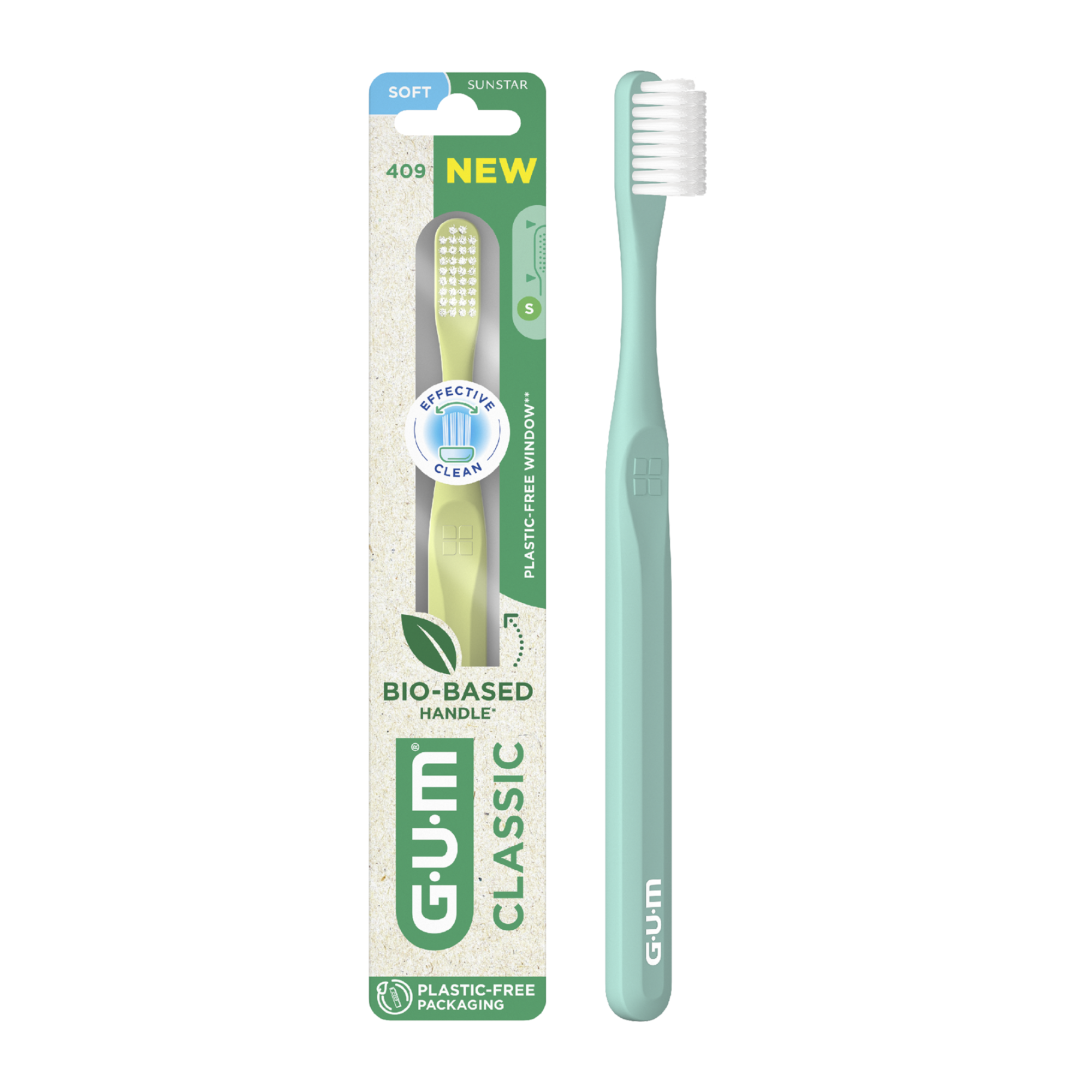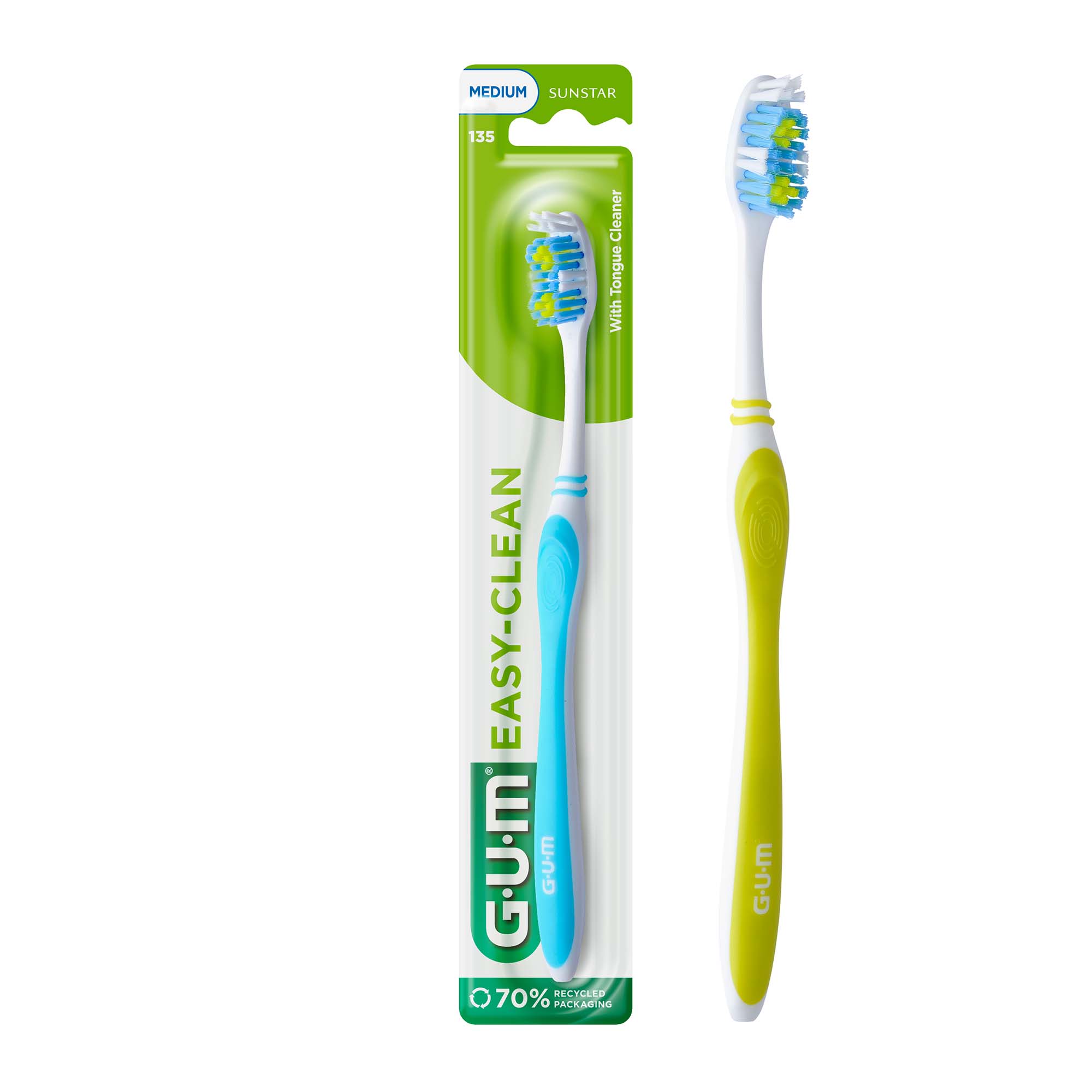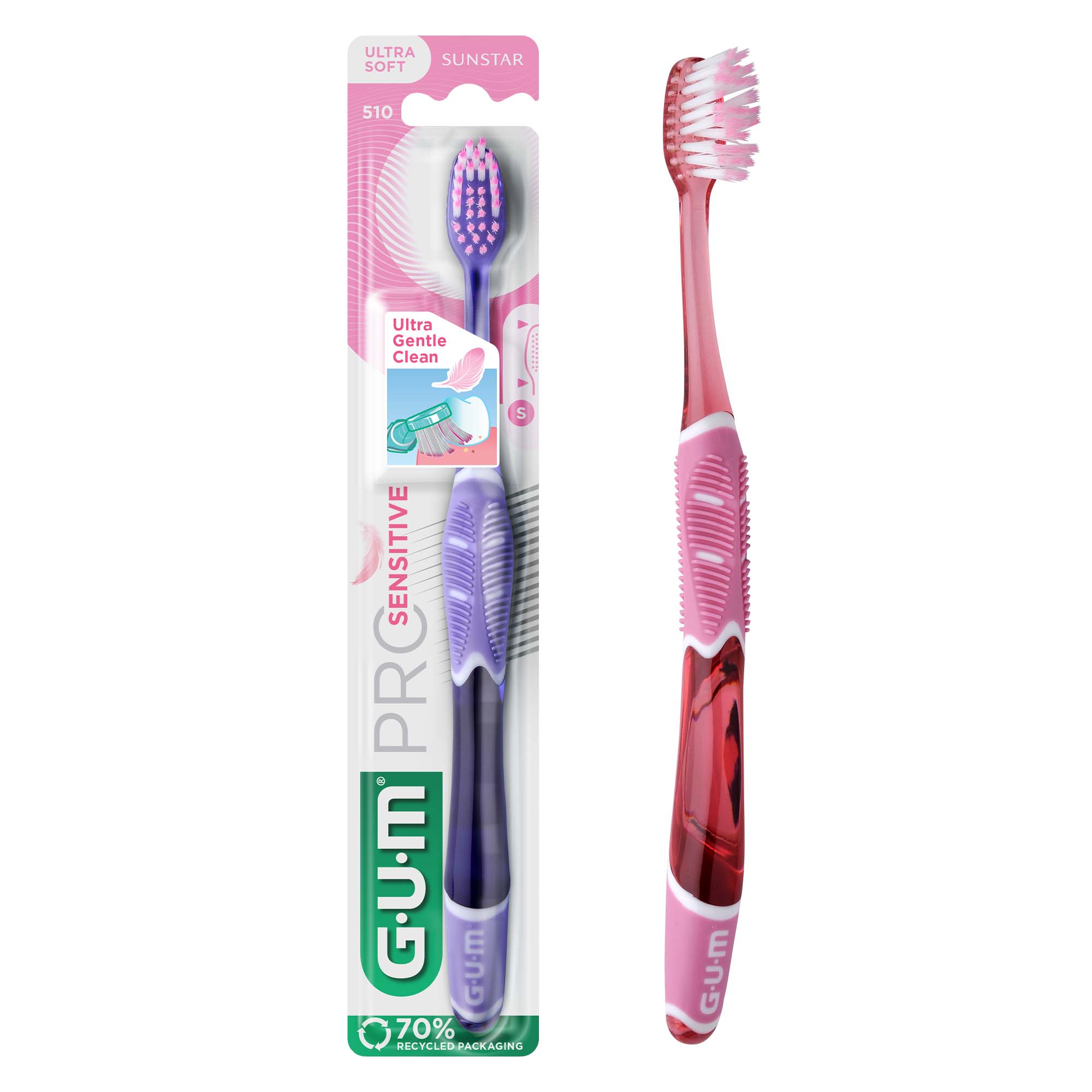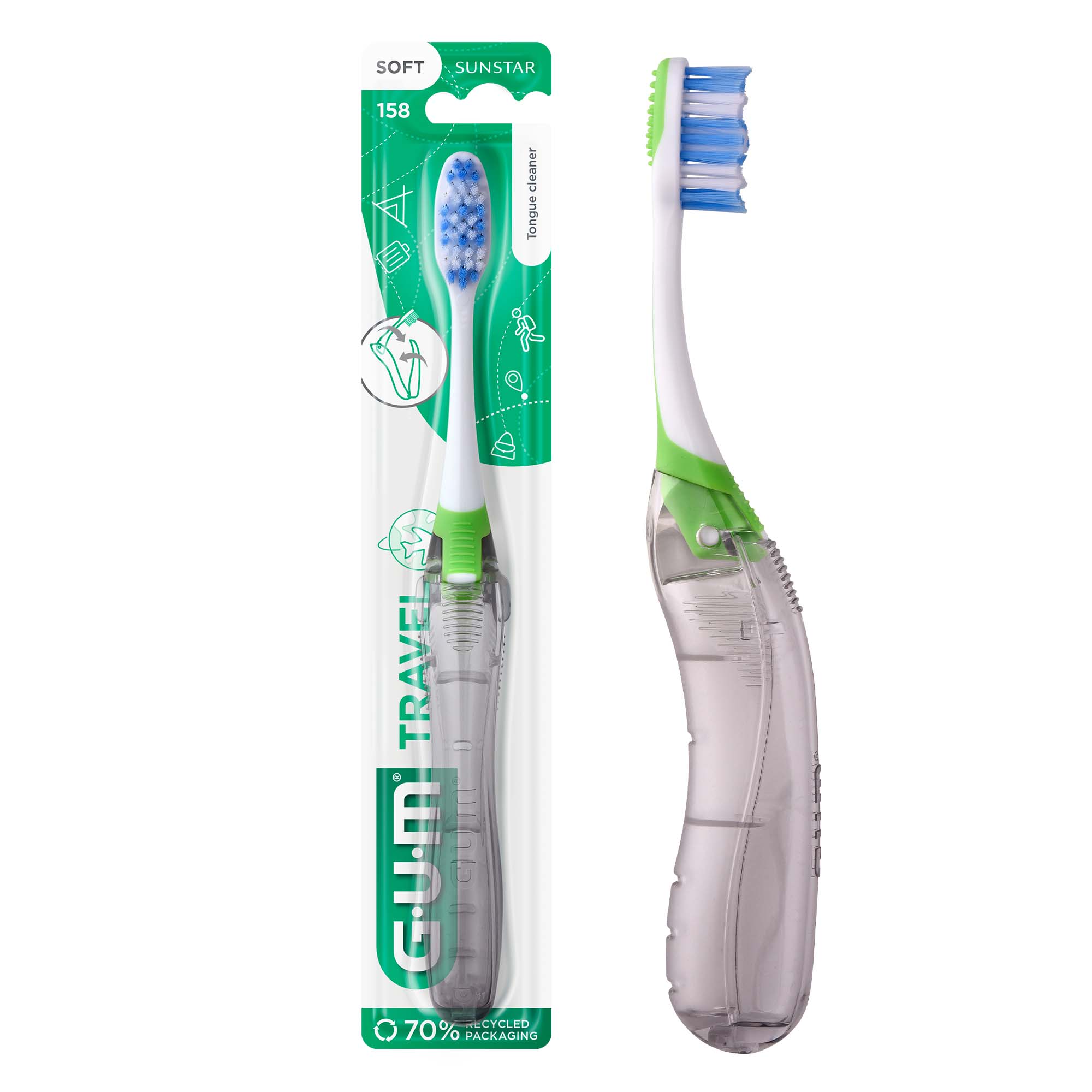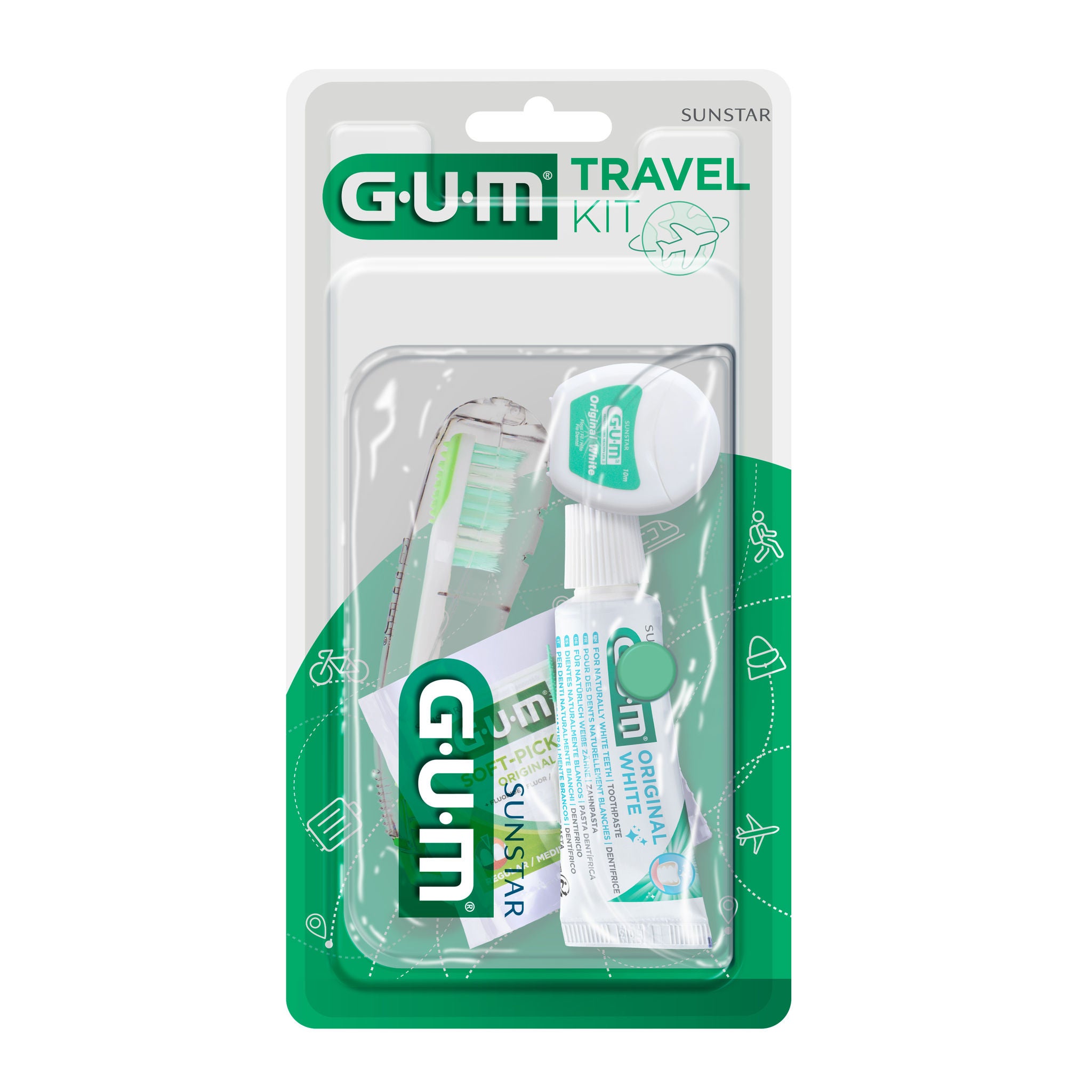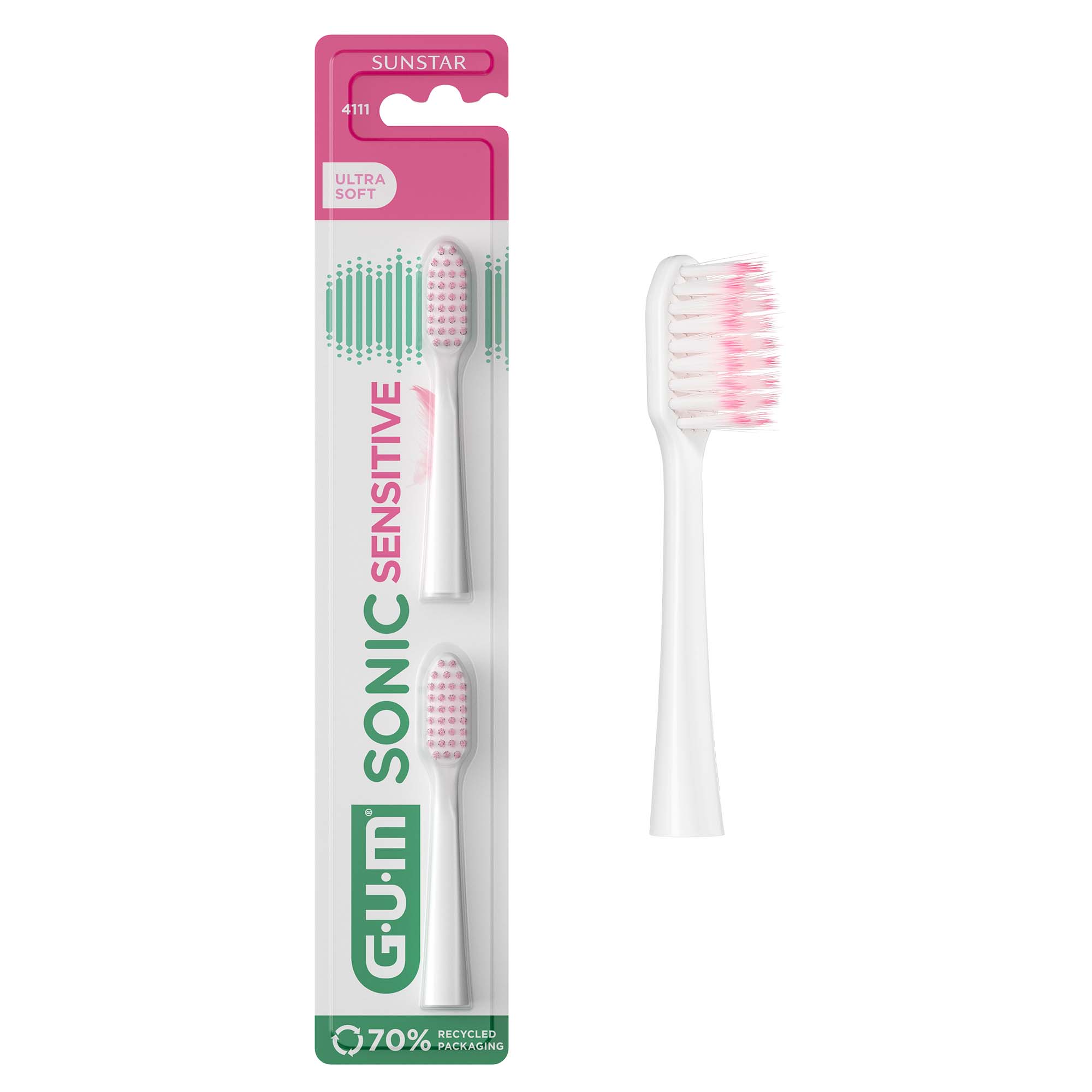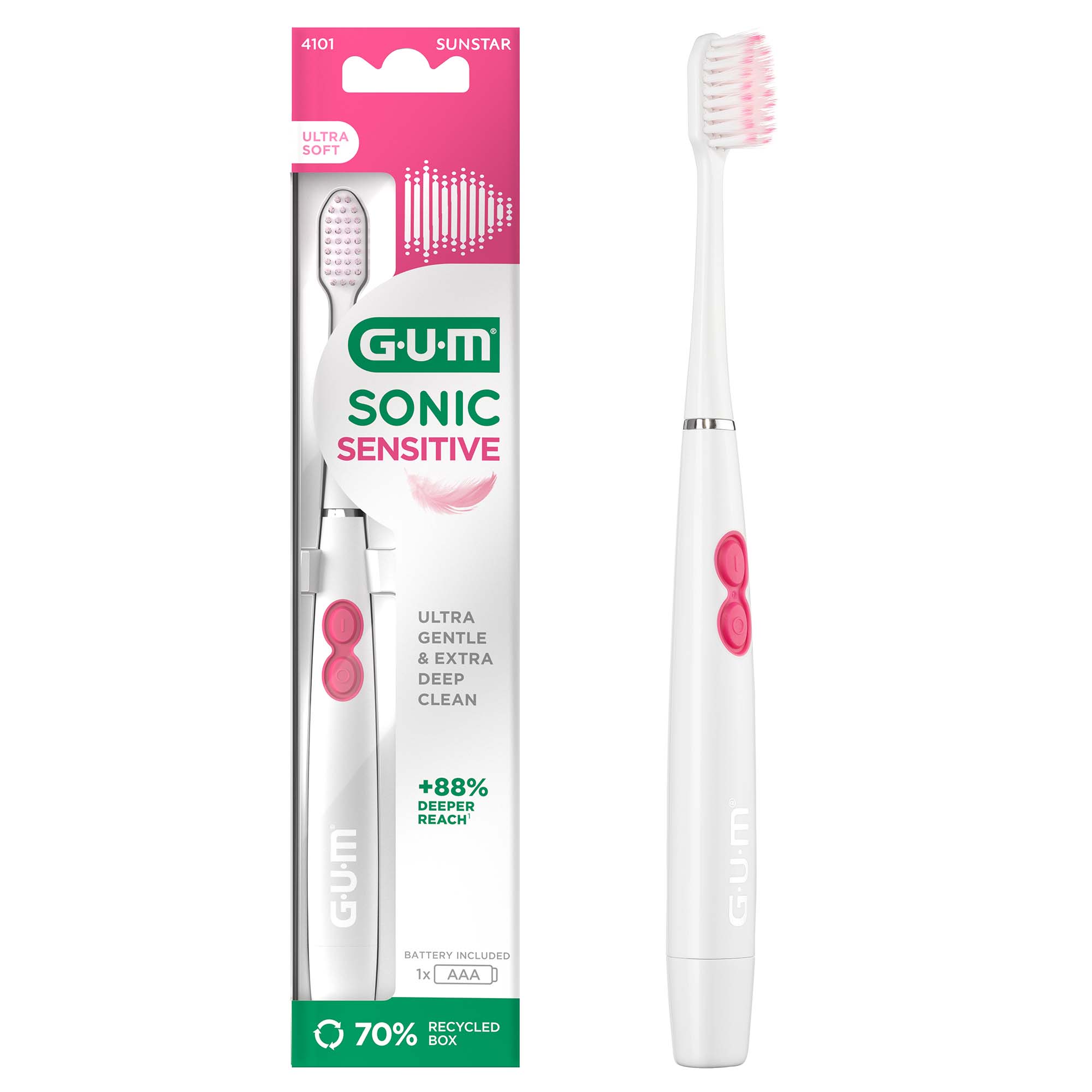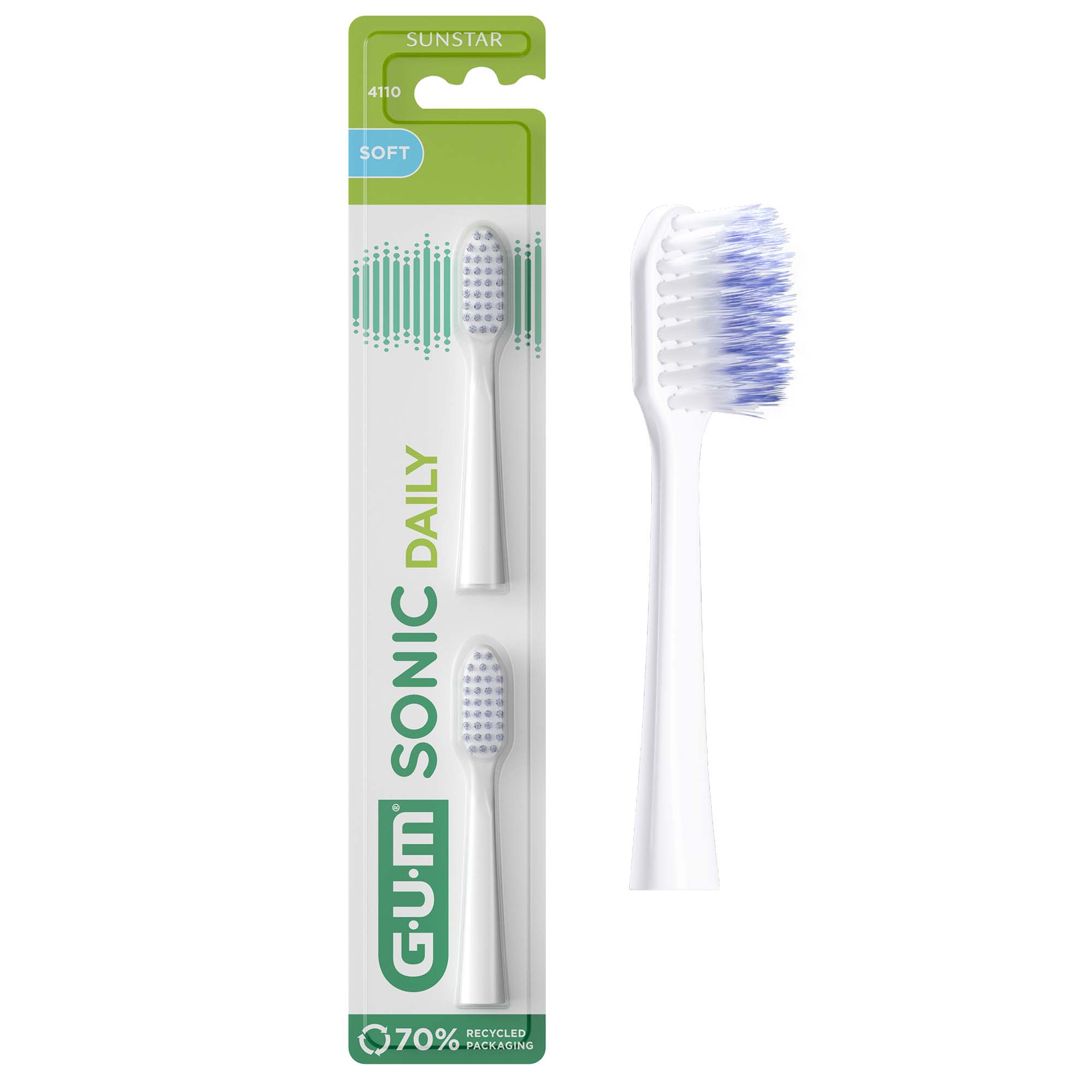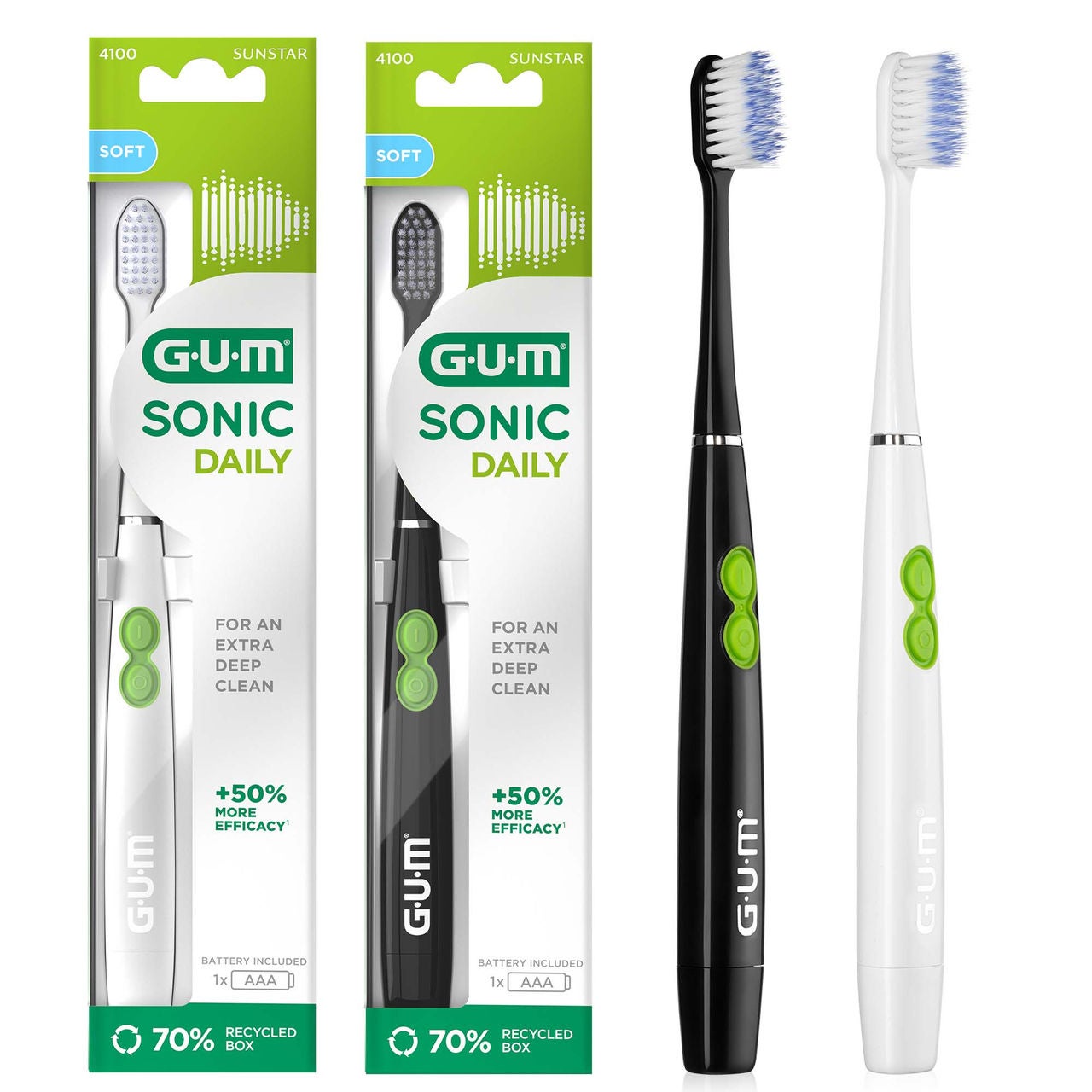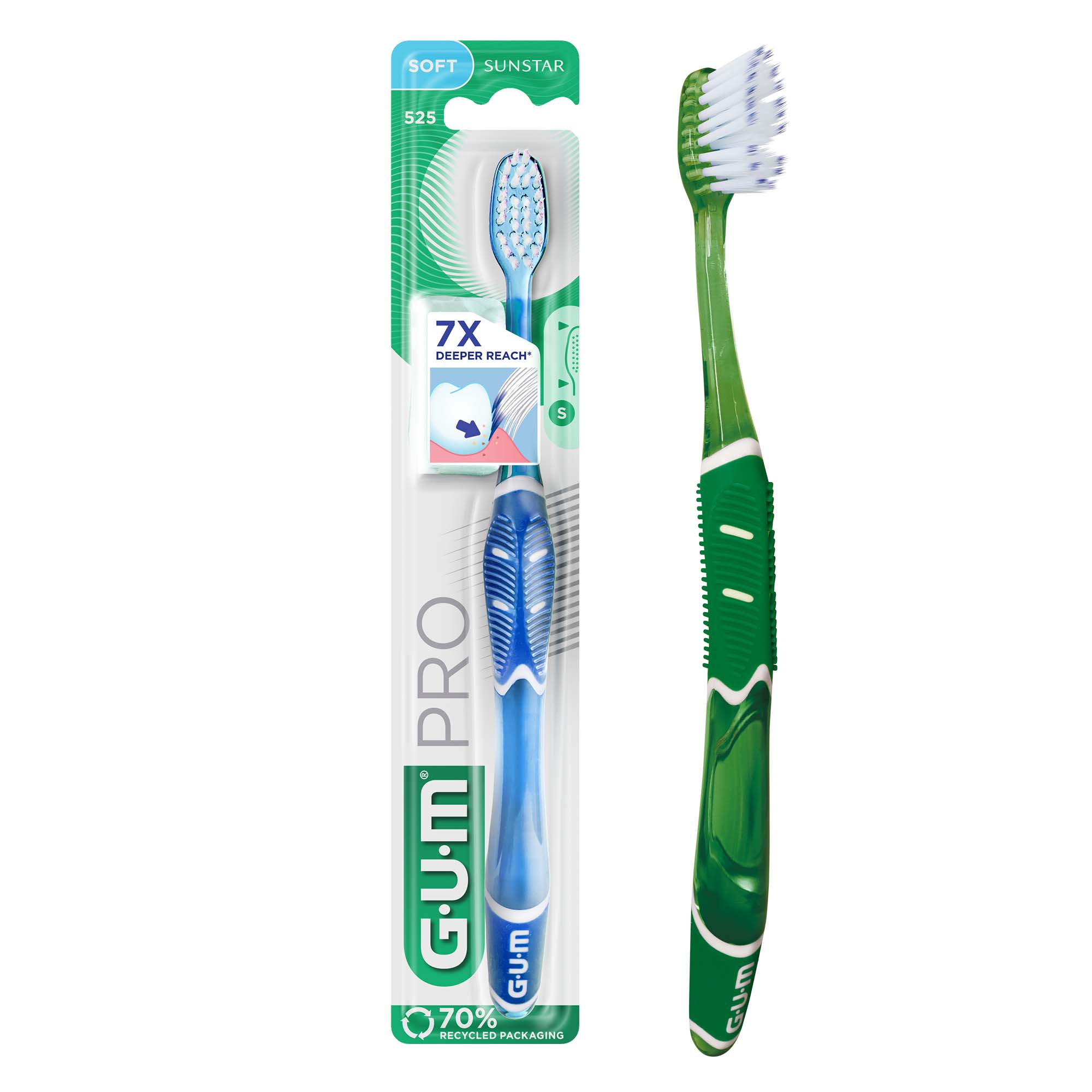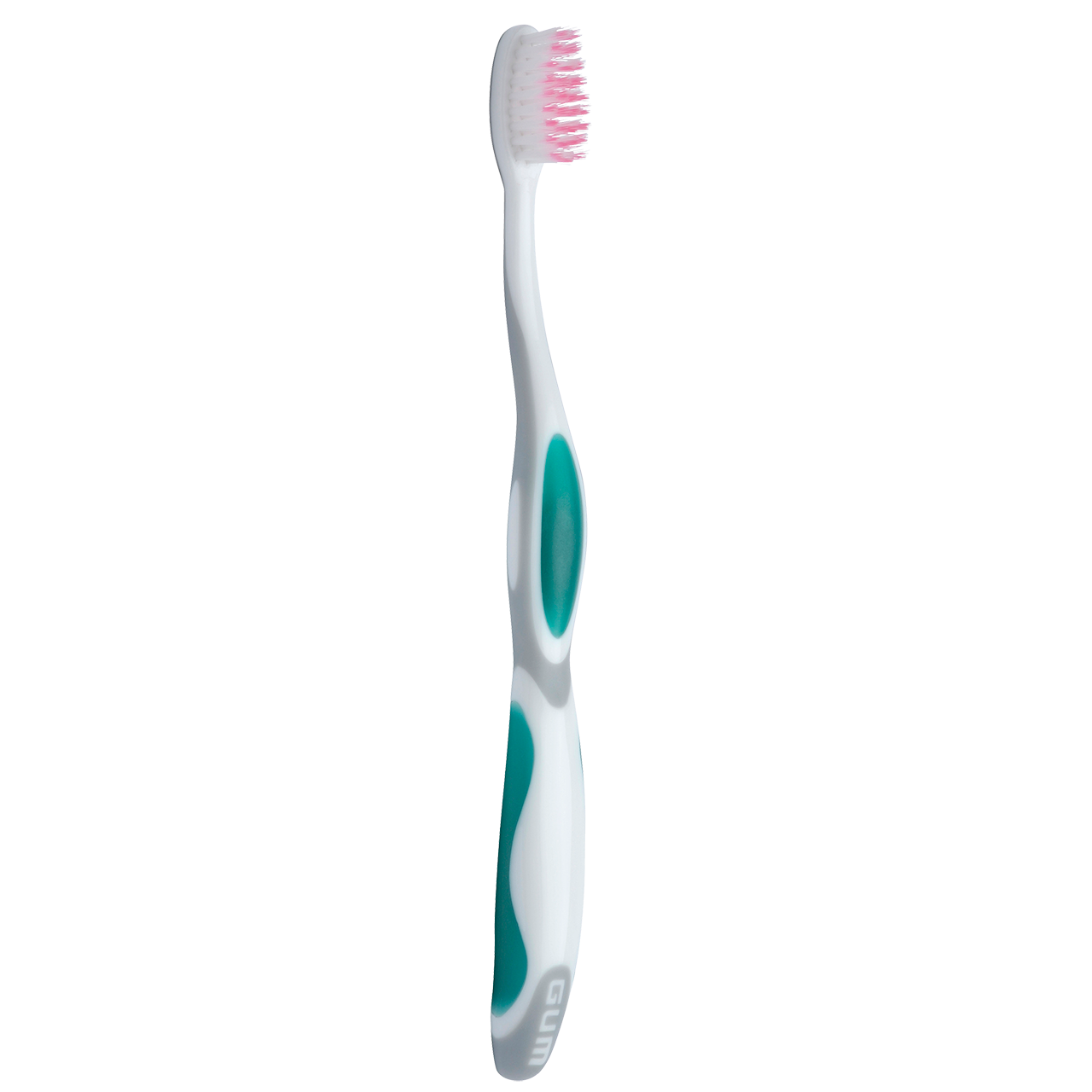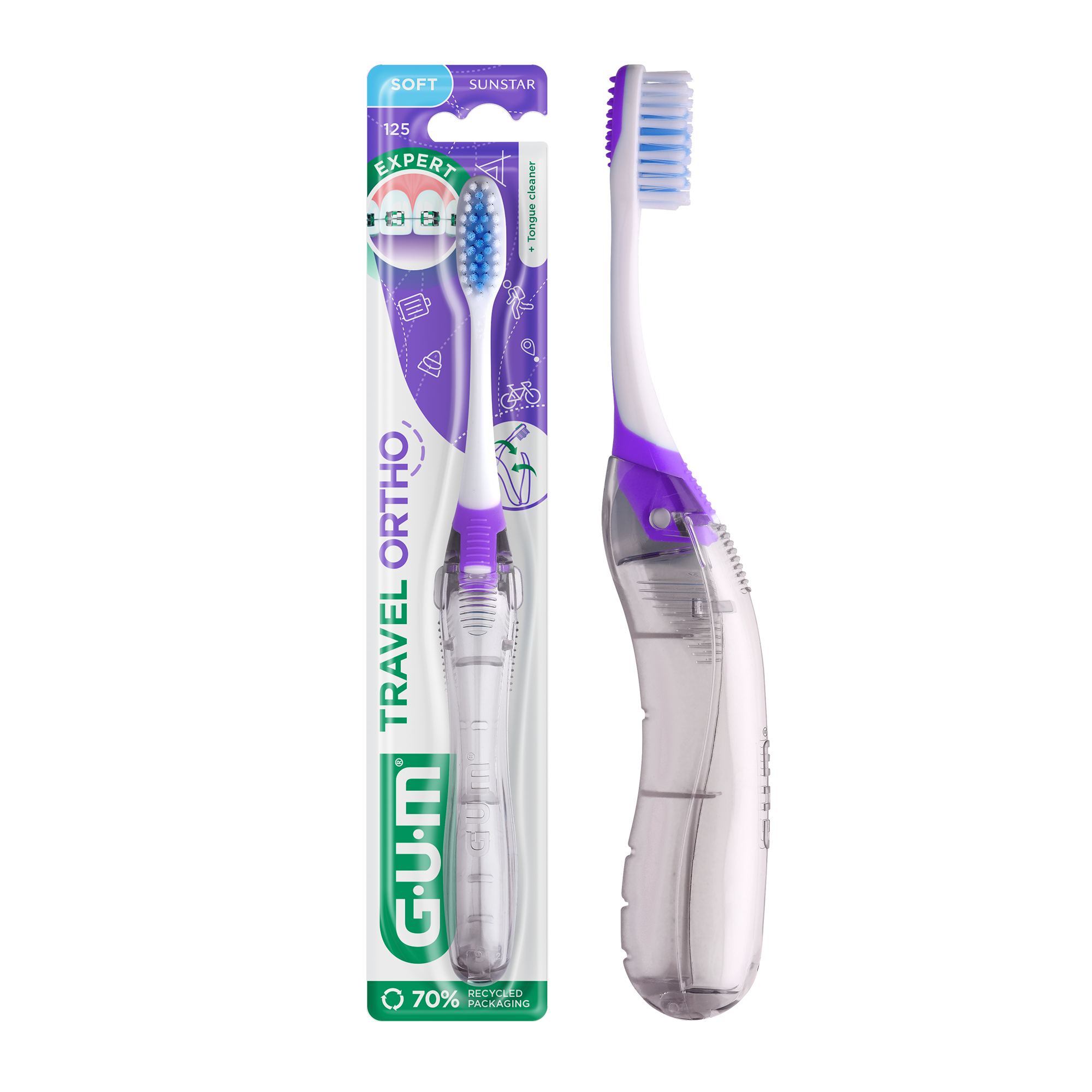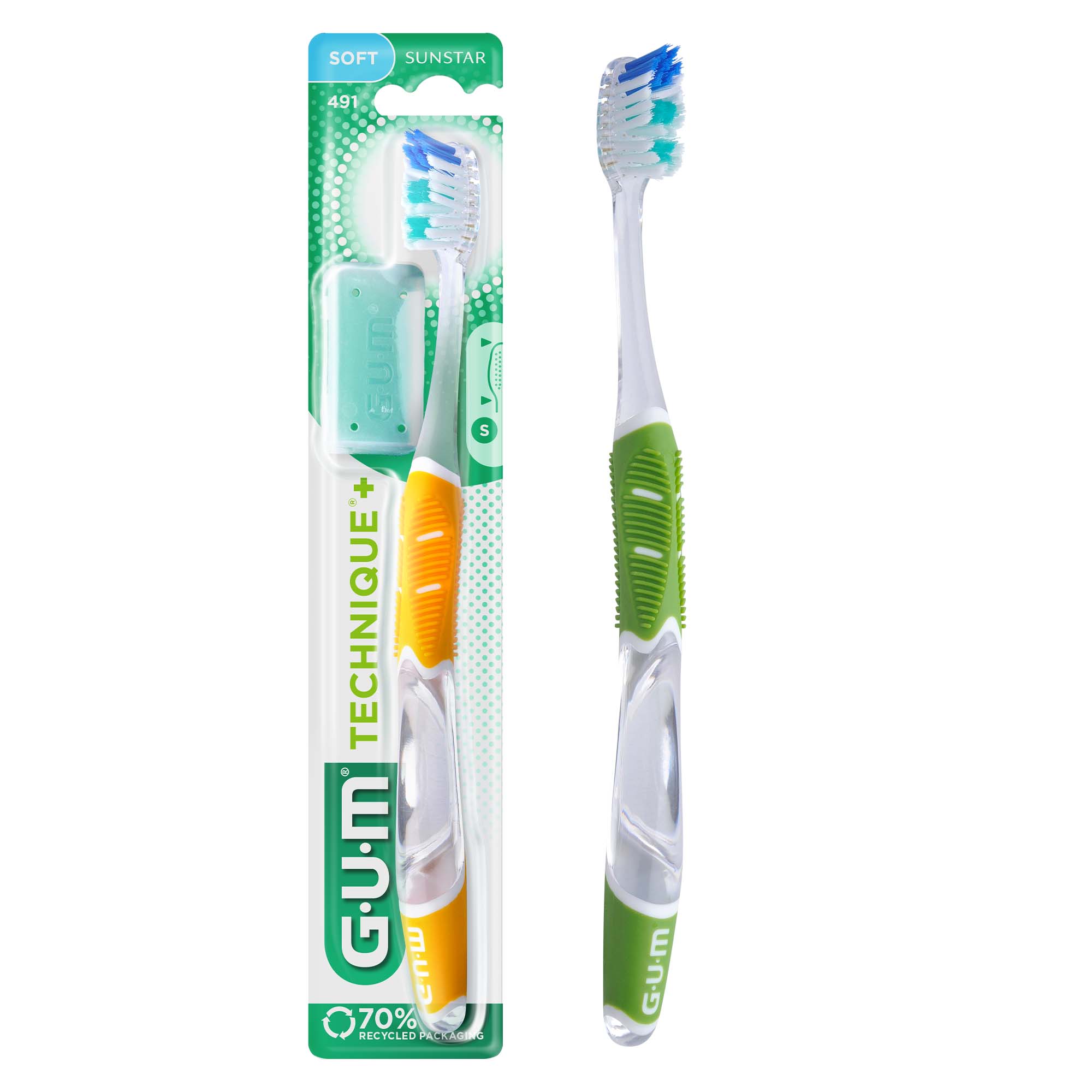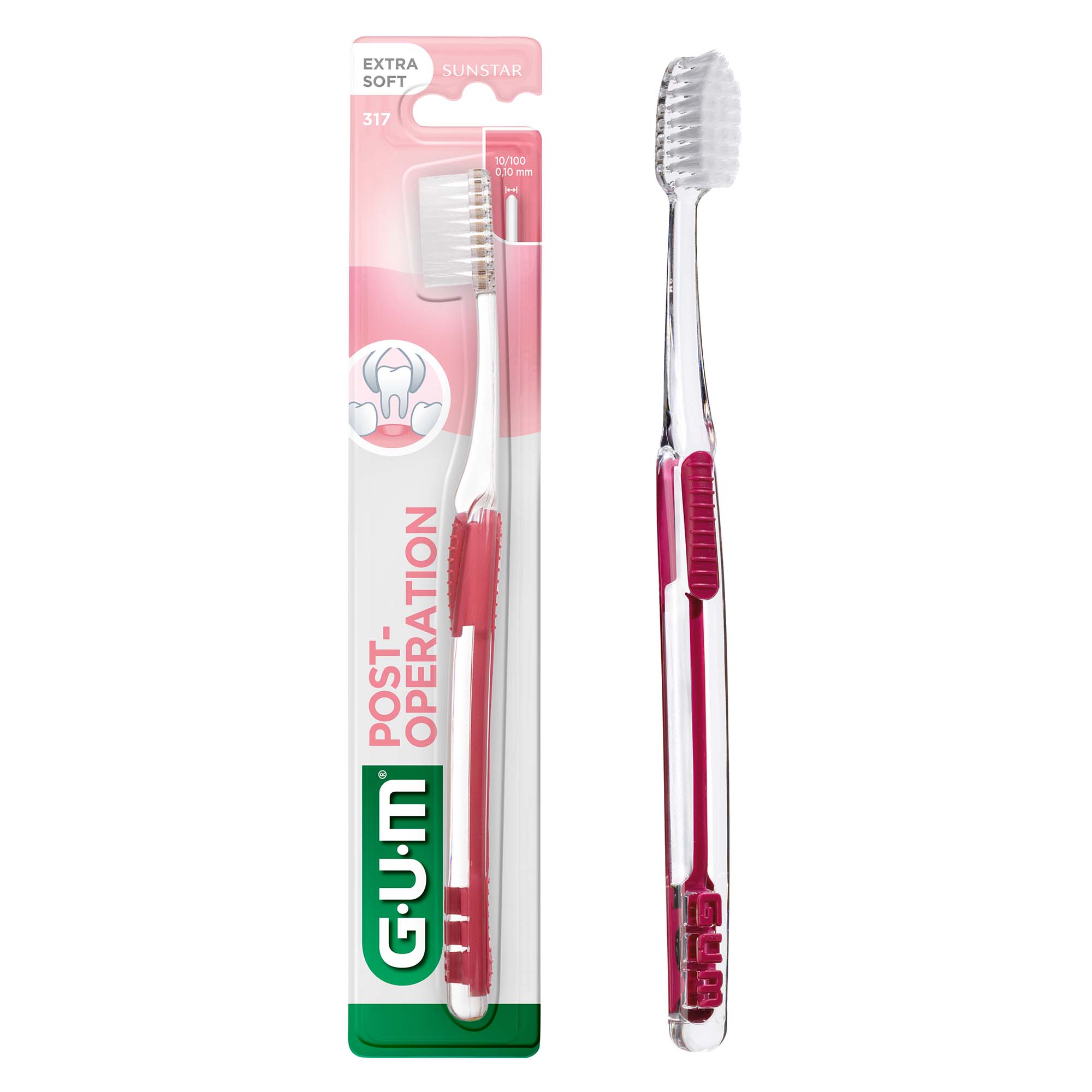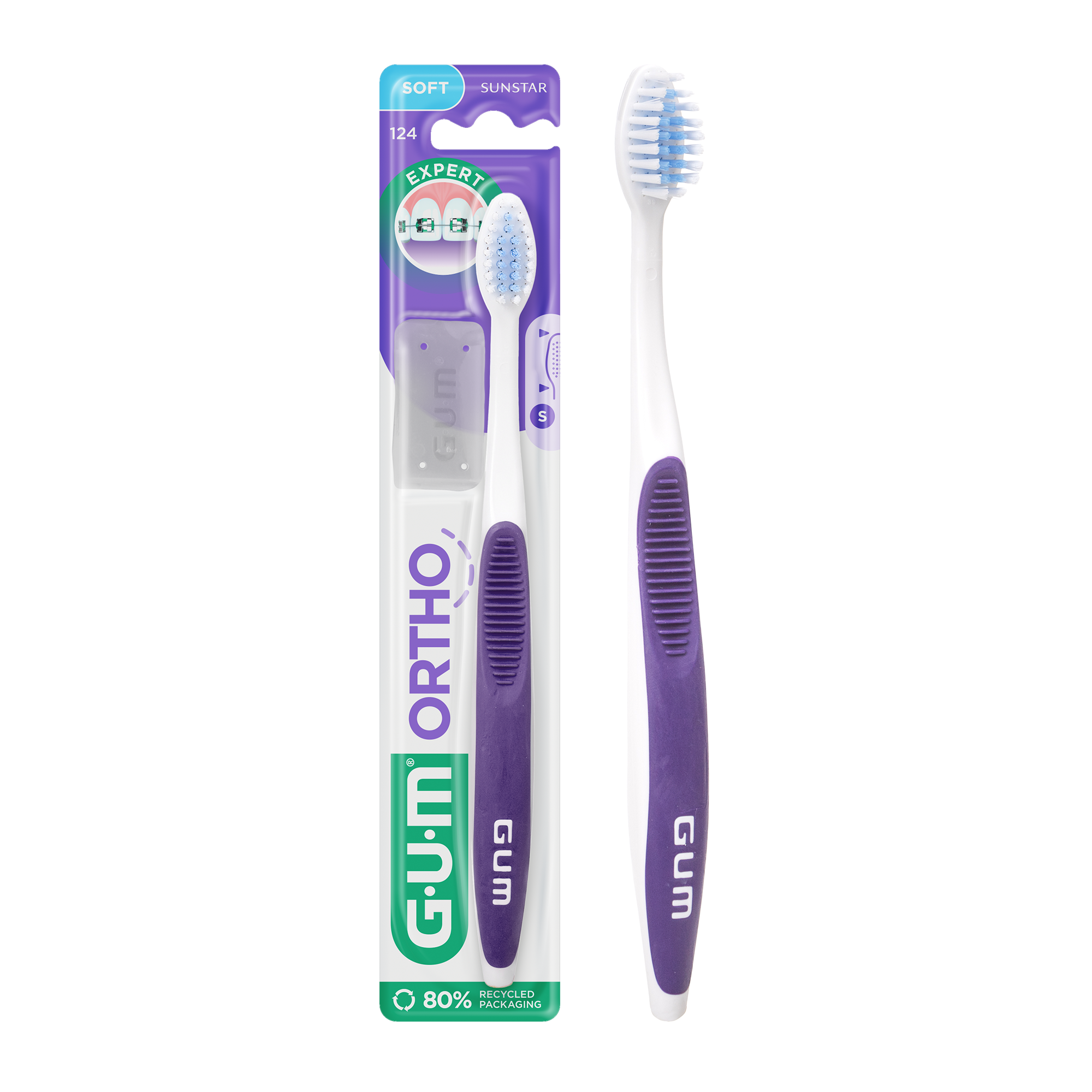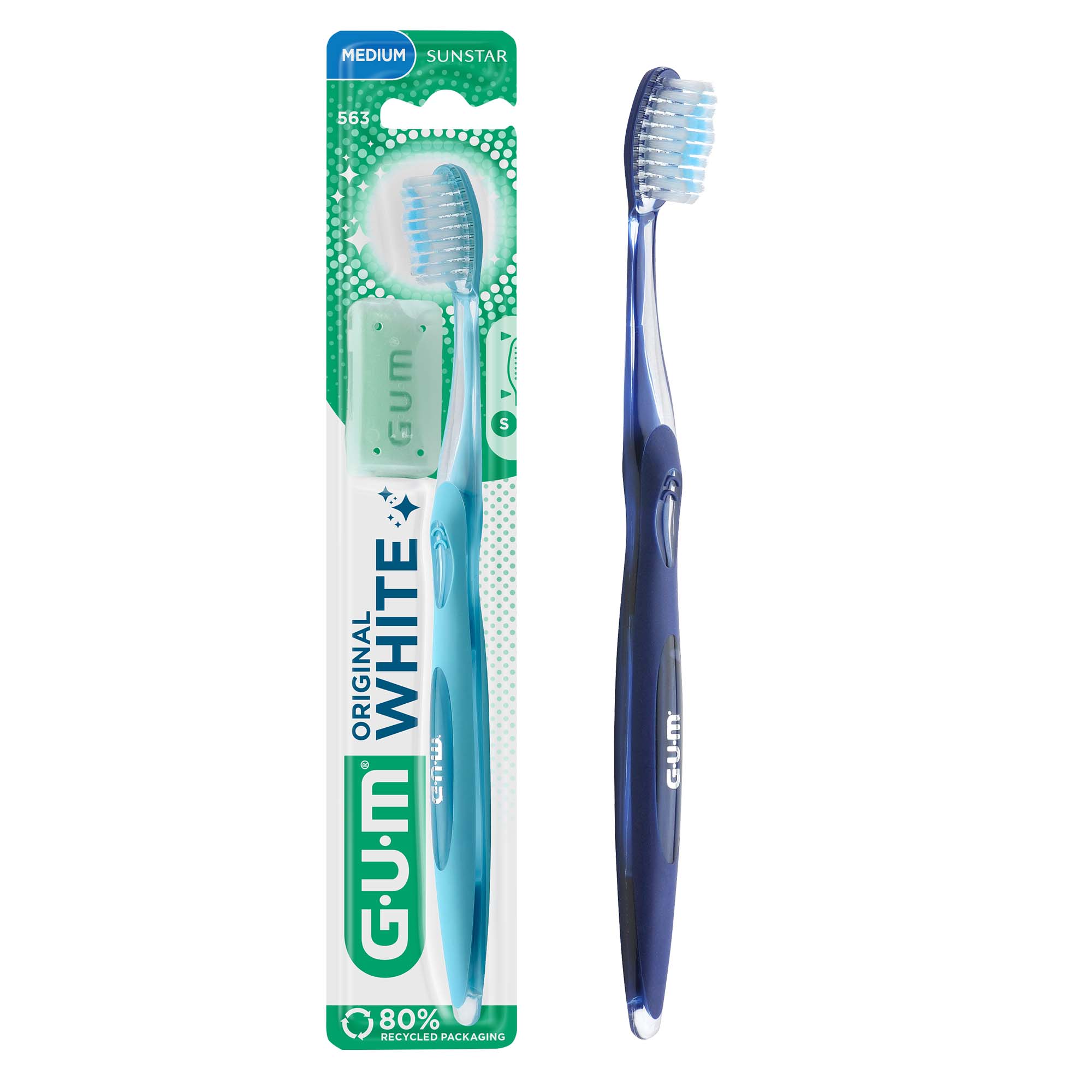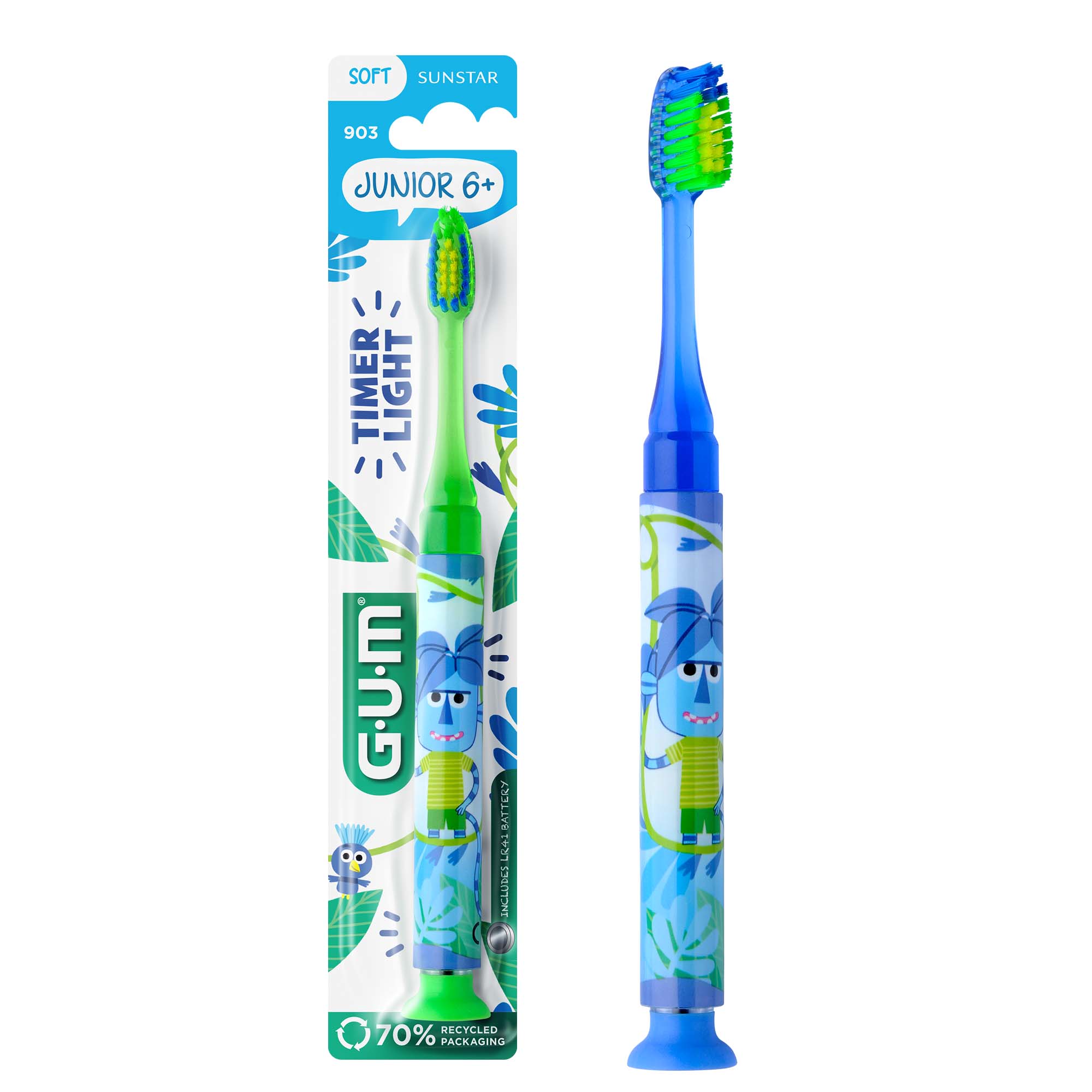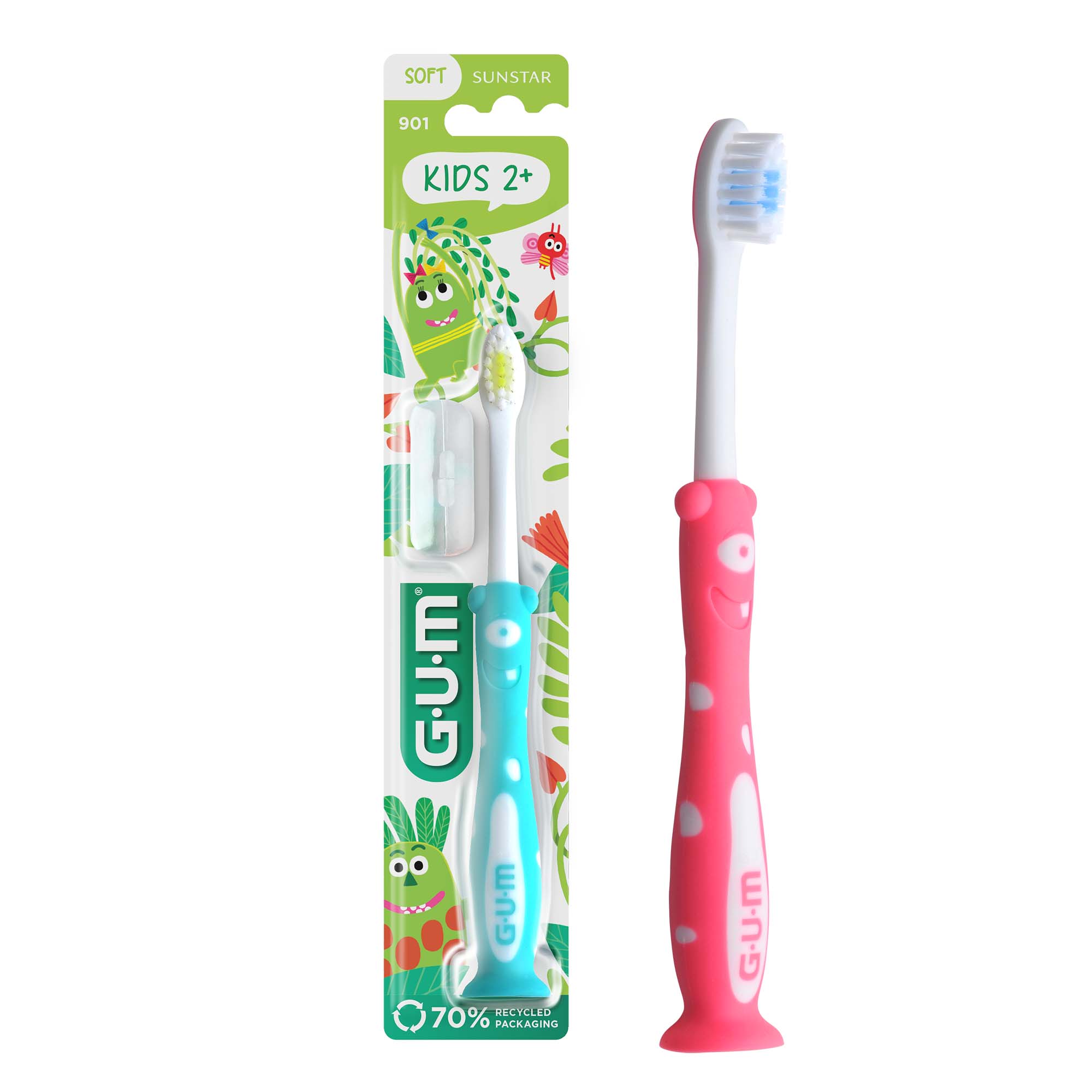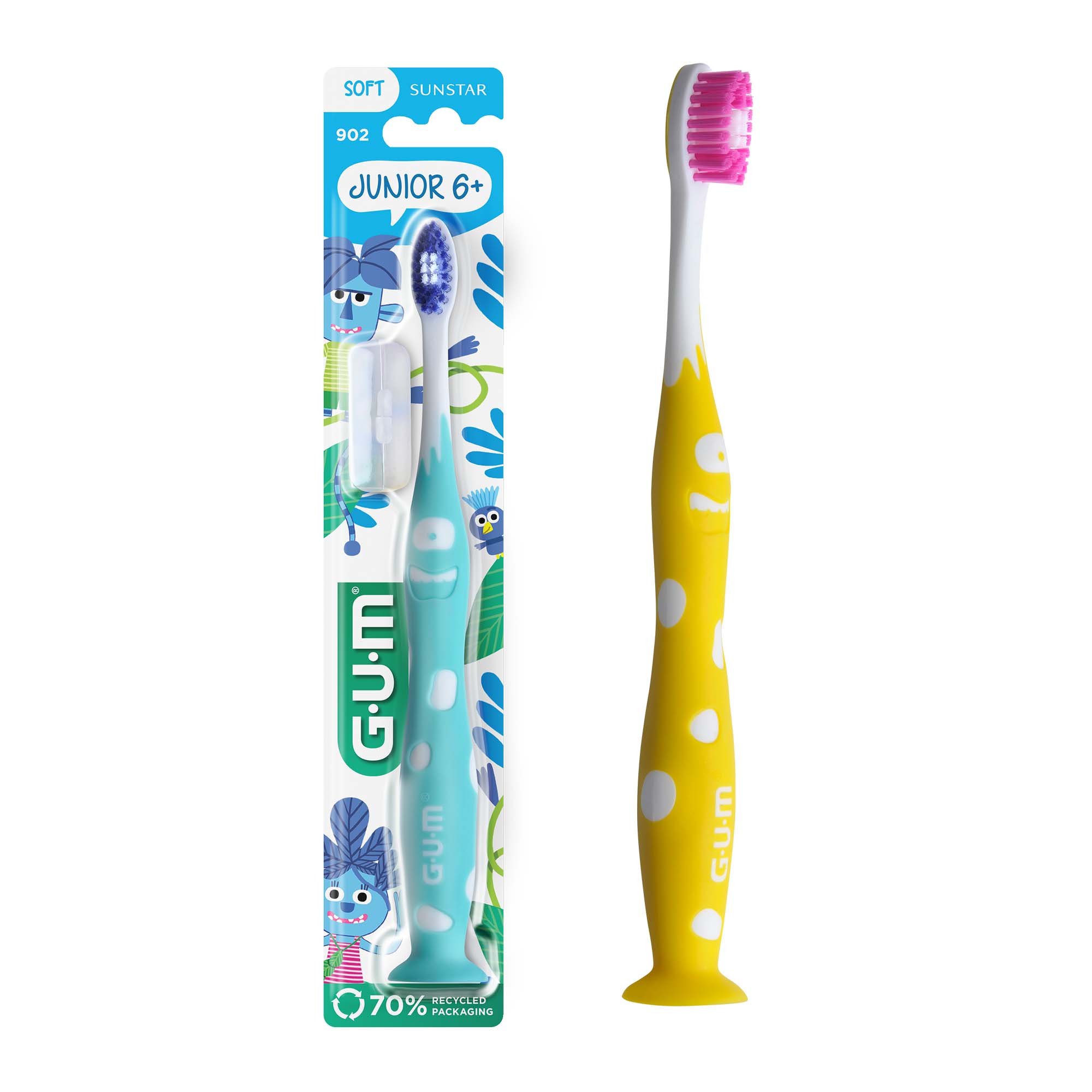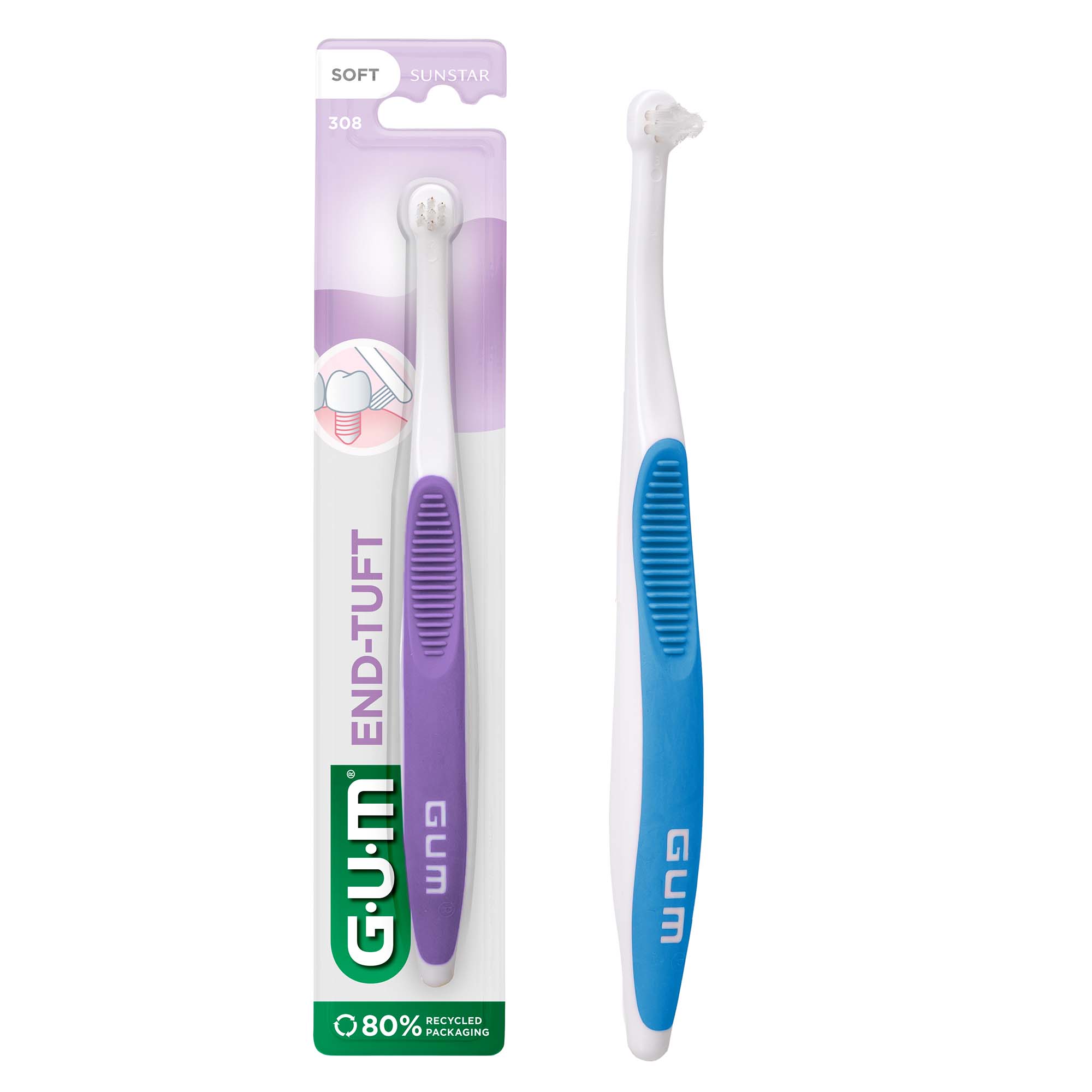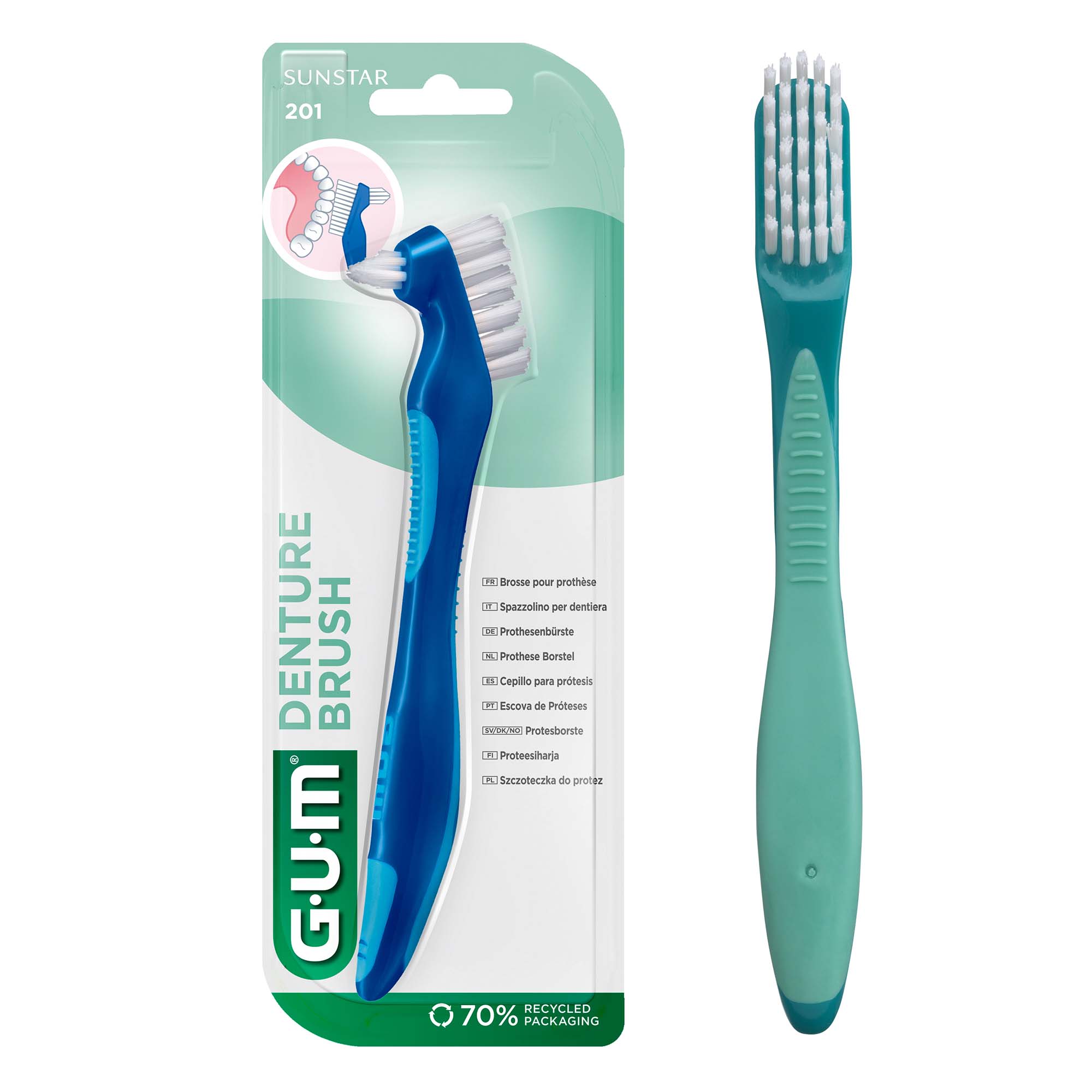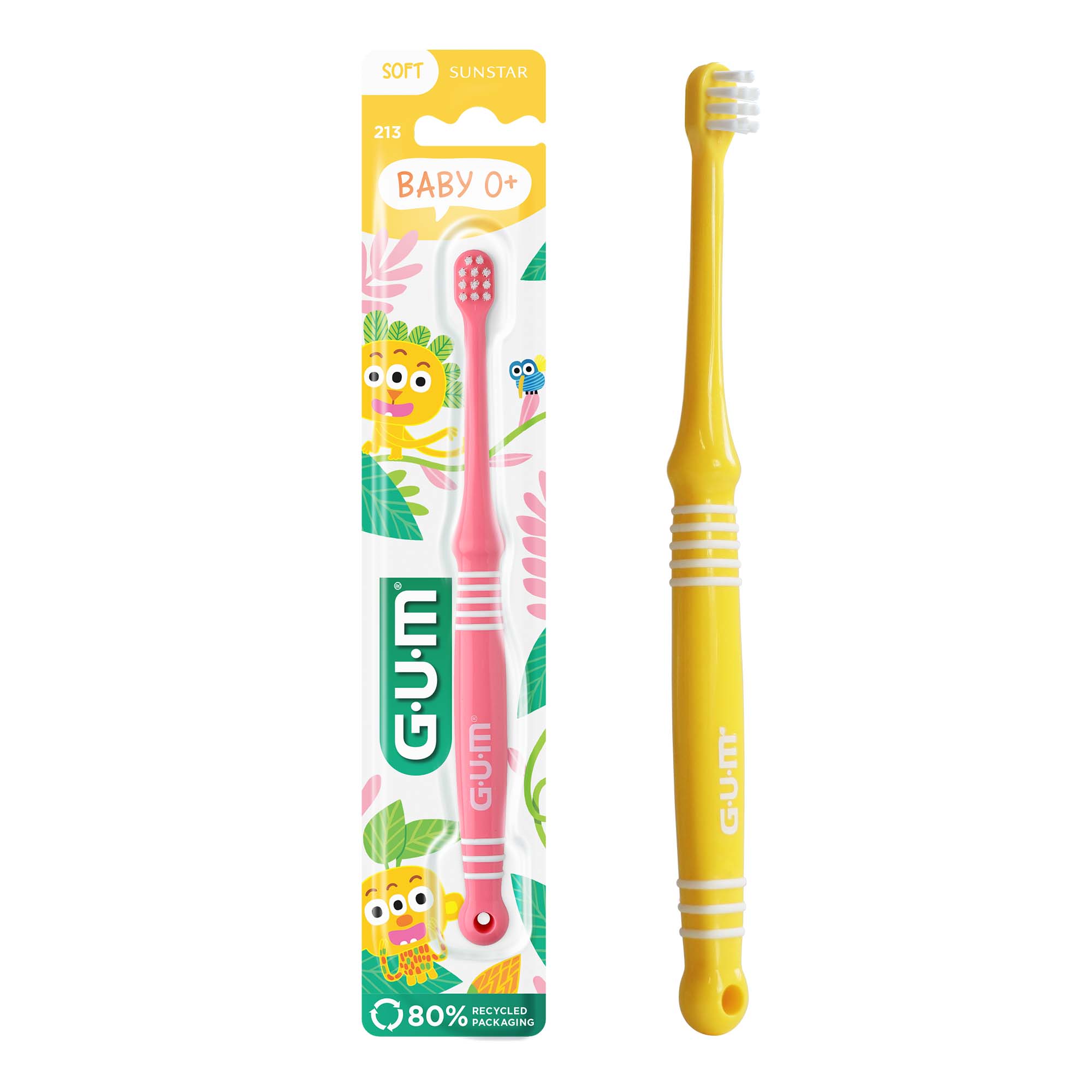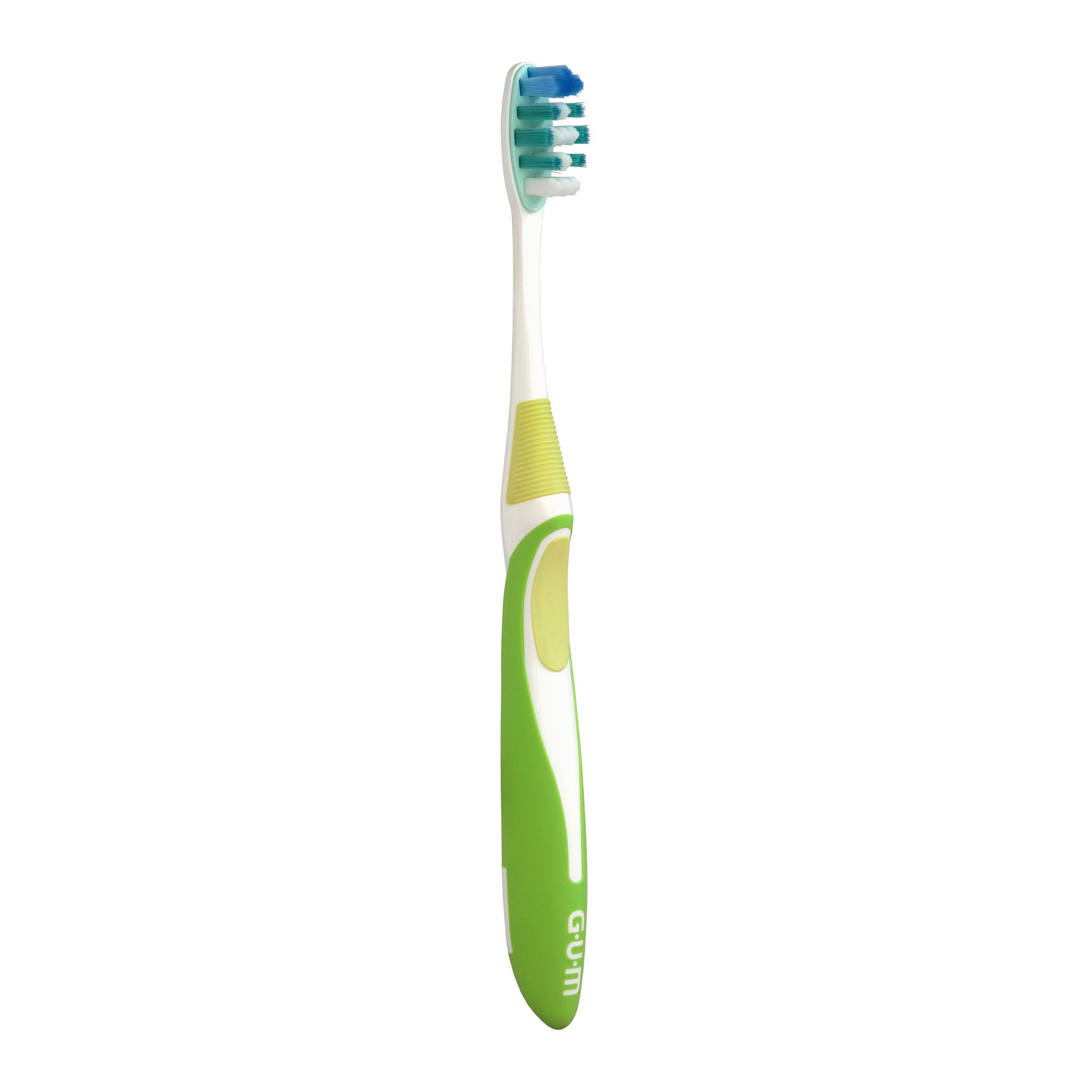How To Brush Your Teeth for Better Health
Brushing your teeth the proper way is important for your oral and overall health.
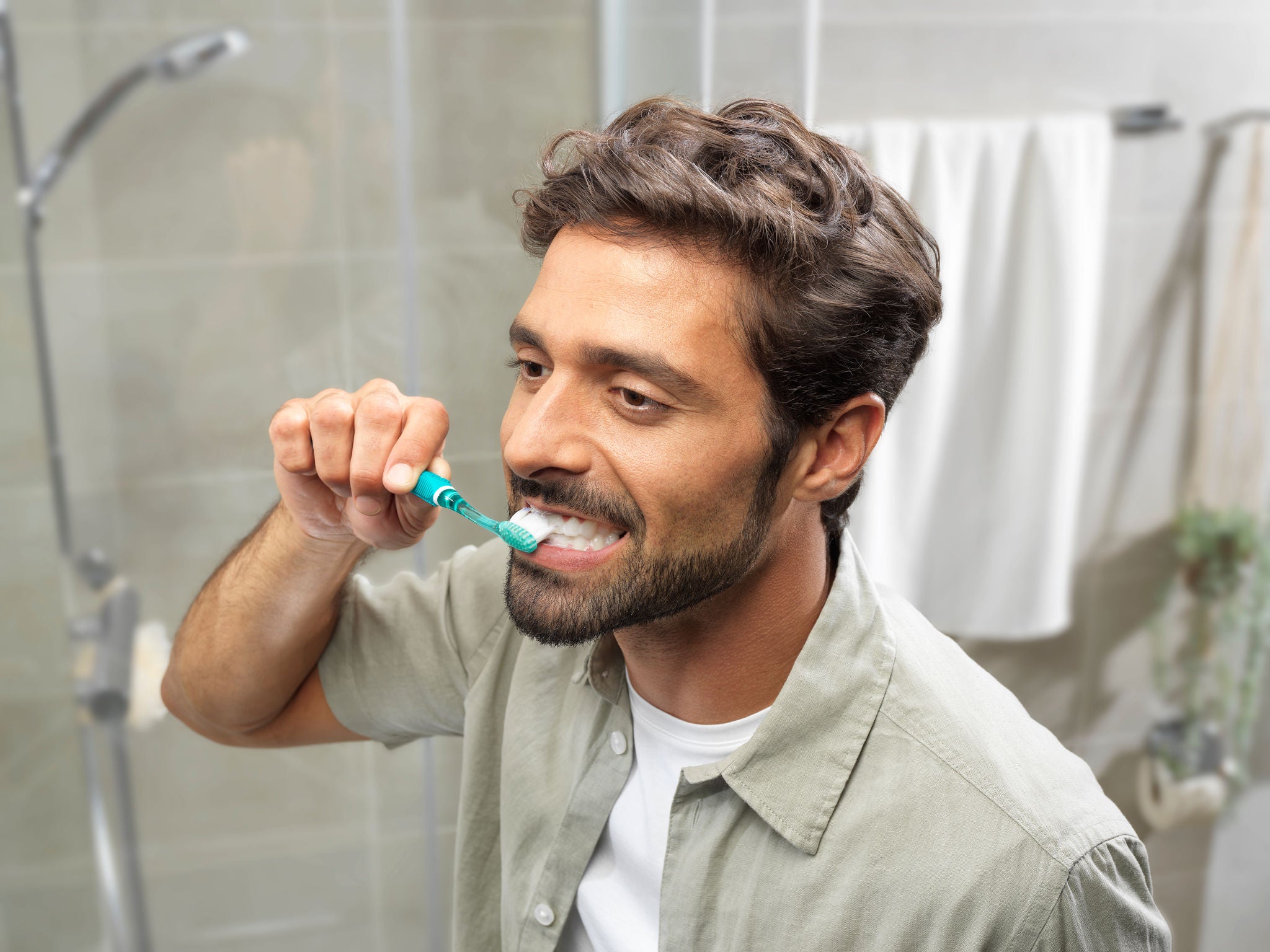
We all know that brushing your teeth makes them look whiter and feel cleaner, but brushing them correctly helps prevent toothaches, bleeding gums and other oral health issues which can also potentially affect your general health.
Brushing for just two minutes, twice a day, removes plaque from your teeth. If left to build up, plaque can cause bad breath, yellow teeth and ultimately lead to cavities and gingivitis or periodontitis which compromise the health of your gums and teeth. The best way to remove plaque is to combine effective toothbrushing with interdental cleaning and rinsing.
Want to perfect your toothbrushing technique and care for your oral and general health? Watch our video below and follow our tips for a healthy mouth, smile and body! While the basics of oral care can benefit everyone, you should visit your oral health practitioner twice a year for personalised care and a professional clean.
Watch our video to discover some tips to become an excellent brusher!
Additional brushing tips
- Brushing the tongue: Your tongue harbours bacteria that can contribute to tooth decay and bad breath. Gently brush your tongue every time you brush your teeth to remove these bacteria and freshen your breath. Start from the back of your tongue and move forward, covering the entire surface.
- Rinsing your toothbrush: After each use, rinse your toothbrush thoroughly with water to remove toothpaste, debris, and bacteria. Shake it well to remove excess water and store it in an upright position to air-dry. Avoid covering toothbrushes or storing them in closed containers, as a moist environment is conducive to the growth of microorganisms.
- Replace your toothbrush often: Toothbrushes should be replaced every three to four months or sooner if the bristles are frayed. A worn toothbrush is less effective at cleaning teeth and can harbour harmful bacteria. If you've been sick, consider replacing your toothbrush to avoid re-infection.
- Brushing above and below gum line: Proper brushing also involves cleaning just above and below the gum line to remove plaque and prevent gum disease. Angle the bristles toward the gum line at a 45-degree angle and use gentle, circular motions to clean the area effectively without causing irritation. This technique helps prevent the buildup of plaque that can lead to gingivitis and periodontitis.
A FEW THINGS you may be wondering about:
Brushing the back of your teeth is crucial as these areas are prone to plaque buildup and decay. Tilt the toothbrush vertically and use up-and-down strokes to clean the backs of your front teeth.
For the back molars, maintain the 45-degree angle and use gentle circular or back-and-forth motions. Make sure to reach all surfaces, including the areas around and between each tooth. Spend extra time on these hard-to-reach areas to ensure a thorough clean.
If you have a fake tooth, such as a crown, bridge, or implant, it's important to brush gently but effectively. Brush around and under the fake tooth, paying special attention to the gum line to prevent plaque buildup and gum disease. Interdental brushes or floss can be used to clean around the abutments and between the fake tooth and neighbouring teeth.
You can tell if you're brushing your teeth correctly by checking a few key indicators. Your teeth should feel smooth and clean to the tongue, and your breath should be fresher. There should be no bleeding or pain while brushing. Additionally, your gums should appear pink and firm, not red, swollen, or receding. If you're unsure, consult with your dentist, who can provide feedback and demonstrate proper brushing techniques.
It is recommended not to rinse immediately after brushing if you're using fluoride toothpaste, as this can wash away the concentrated fluoride in the remaining toothpaste, reducing its preventative effects.
However, if you wish to rinse away any loosened debris or plaque, you can use a fluoride mouthwash, which can help reduce plaque, prevent tooth decay, and strengthen tooth enamel. Just don’t rinse with water immediately after using fluoride mouthwash.
